Ras al-Basit & al-Badrusiyeh رآس البسيط و البدروسية
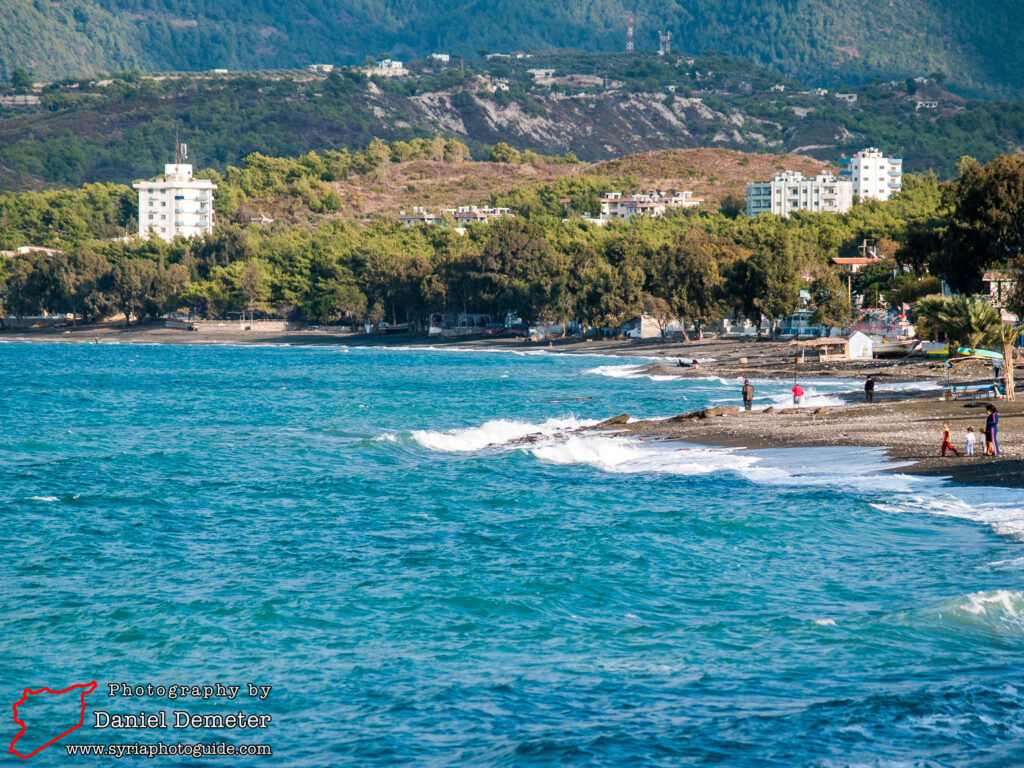
Of the more developed beach resorts in Syria, the two small neighboring towns of Ras al-Basit & al-Badrusiyeh (رآس البسيط و البدروسية) are perhaps the nicest. Turquoise blue waters and mostly black sand beaches border the northern side of this peninsula, backed by lush vegetation. Bungalows for rent, hotels, restaurants, cafes, and shops line the main streets through these towns, which are practically empty and shut down in the off-season, but crowded and busy in the summer.
Ras al-Basit & al-Badrusiyeh (رآس البسيط و البدروسية) tend to attract the more conservative vacationers, and families seem to make up most of the visitors in the summer. While at some beaches in Syria women in bathing suits aren’t unusual, most women who come to these resorts swim fully clothed. Foreign women would likely receive an unwanted level of attention here, particularly if traveling alone. Nonetheless, this is a beautiful area that is well worth visiting.
Additionally, there are remains of a small bronze age settlement at Ras al-Basit (رآس البسيط), along with later ruins from the Roman, Byzantine and Crusader periods. Unfortunately, they are generally off-limits due to the nearby military base on the western end of the peninsula. Depending on when you visit and who you ask, permission may or may not be granted to check out the site. The most visible remains date from the Byzantine and Crusader periods, including the ruins of a small church.
The French excavations of 1971 to 1984 revealed a small settlement with citadel founded, like Ras Ibn Hani (رآس ابن هاني), as an outpost of Ras Shamra/Ugarit (رآس شمرا/آوغاريت) during the late bronze age, surviving into the iron age. It had strong links with Phoenicia and Cyprus and received a Greek colony in the seventh century BC, but was destroyed during the Persian period (539-331 BC). Alexander passed this way in 333 BC (the Battle of Issus took place not far to the north, near modern-day Alexandretta) and it became a Seleucid settlement after 313 BC under the name of Posideium, with a fortress on its small acropolis (southern end of the tell).
A new phase of development began with the refortification of the town in the third century AD. A basilica was erected at the foot of the acropolis (northern end), the port facilities improved, and houses for the wealthy constructed. The port was still in use during the Crusades and was destination for Venetian ships in the 15th and 16th centuries.
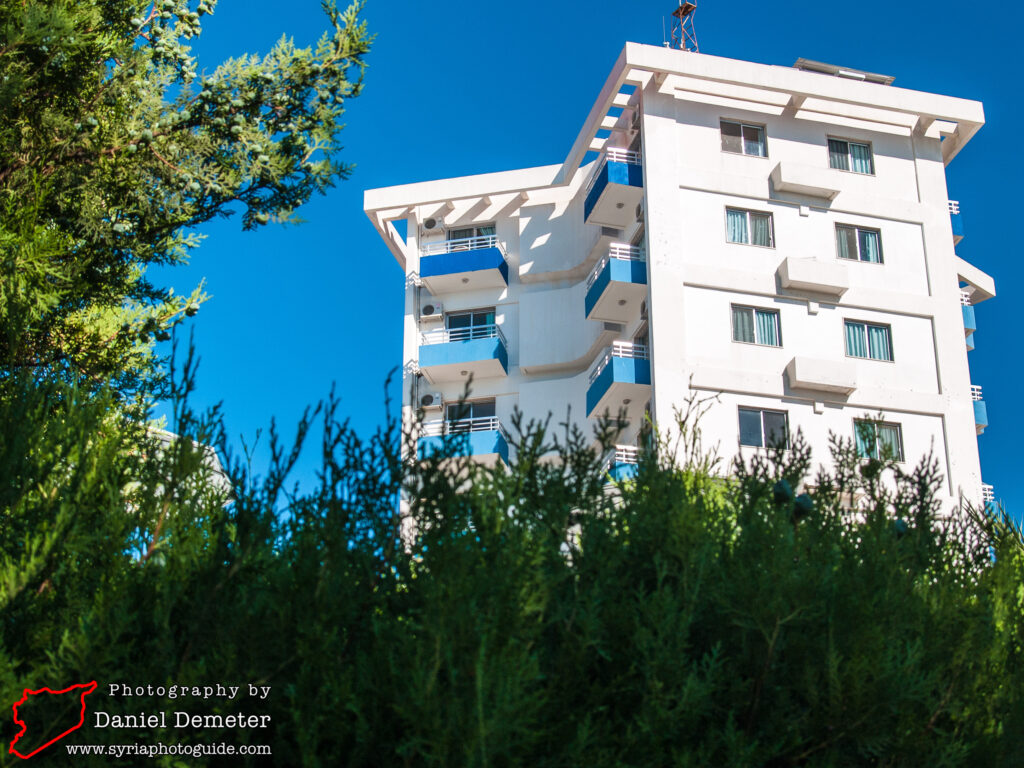
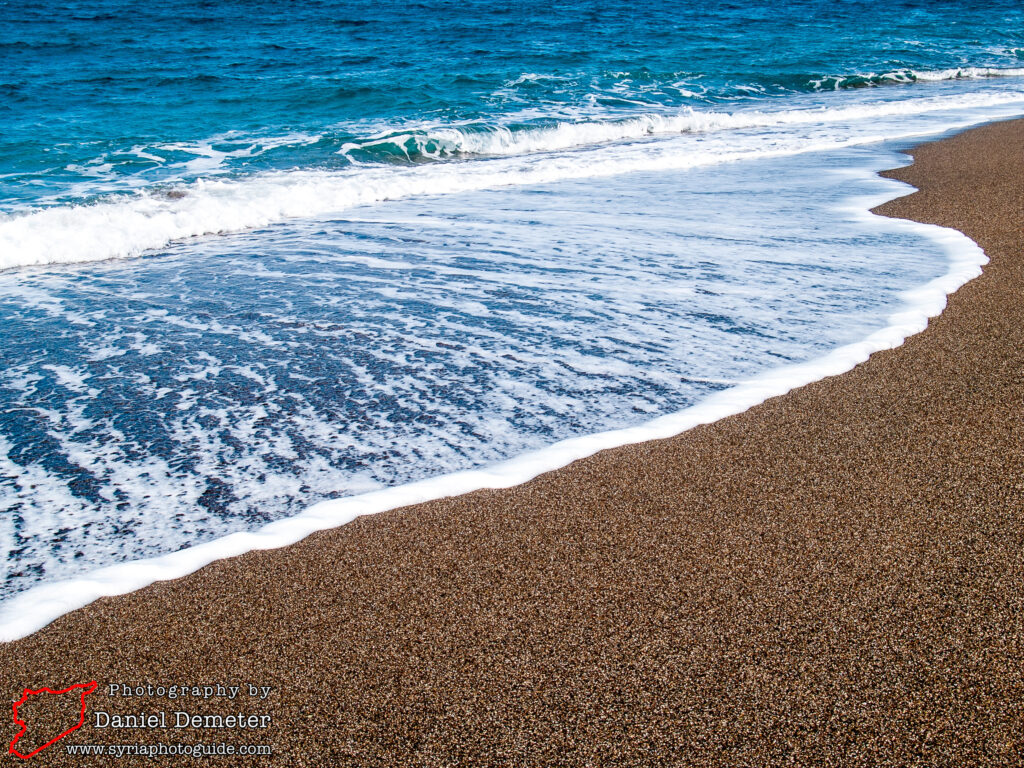
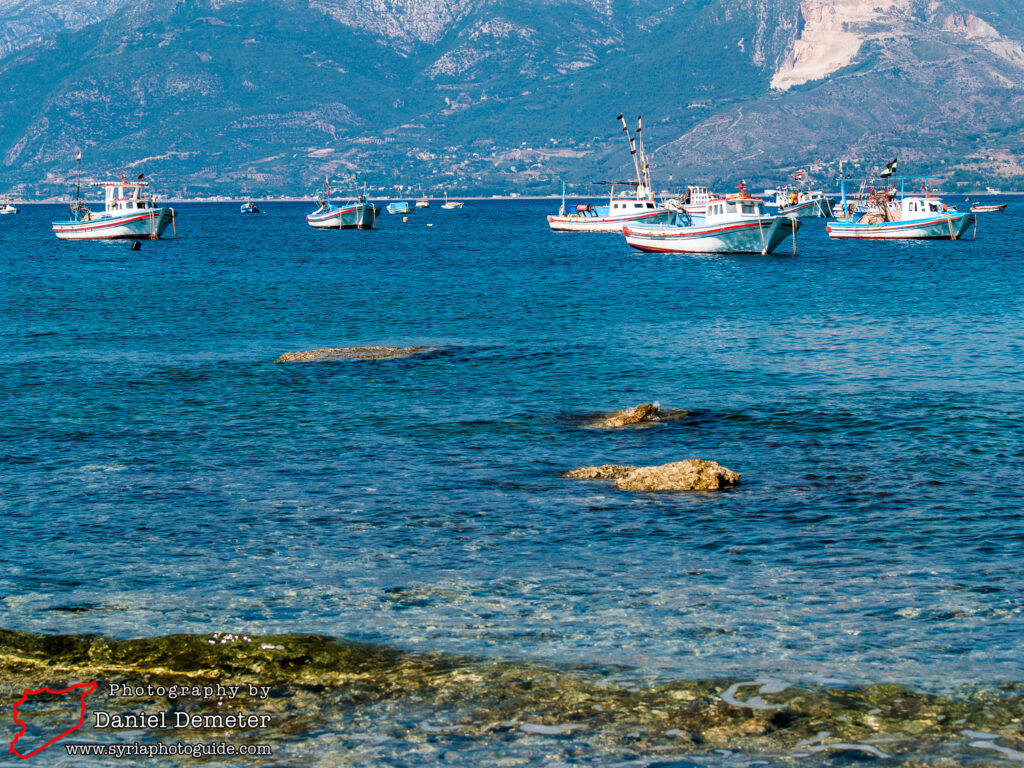
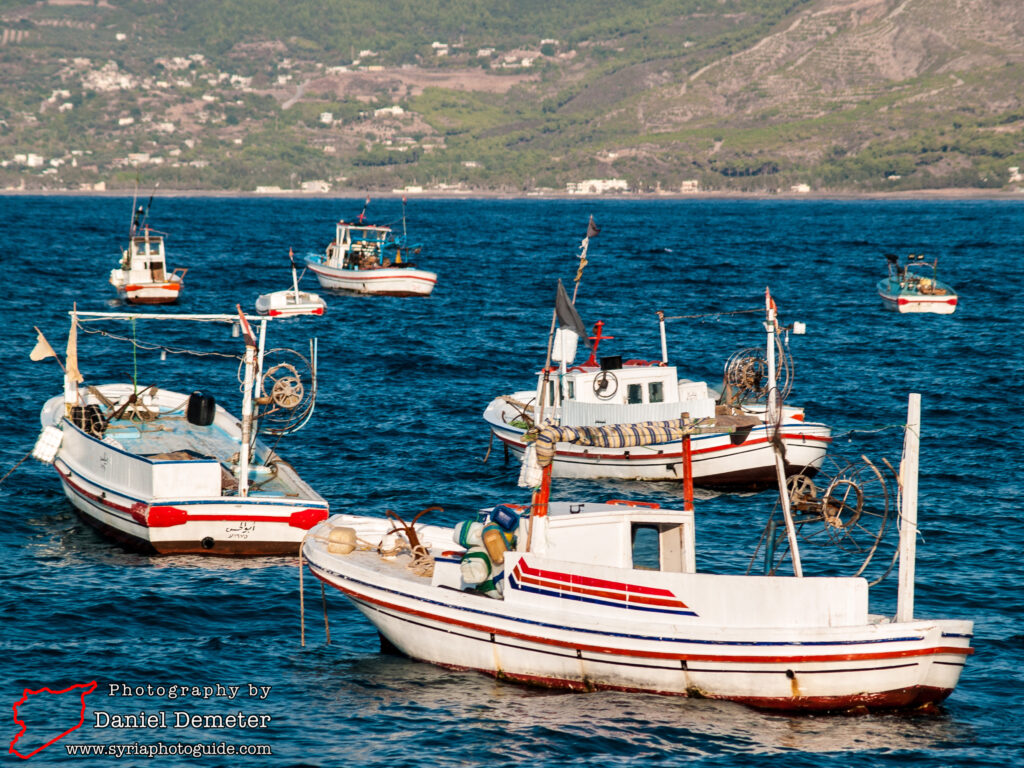
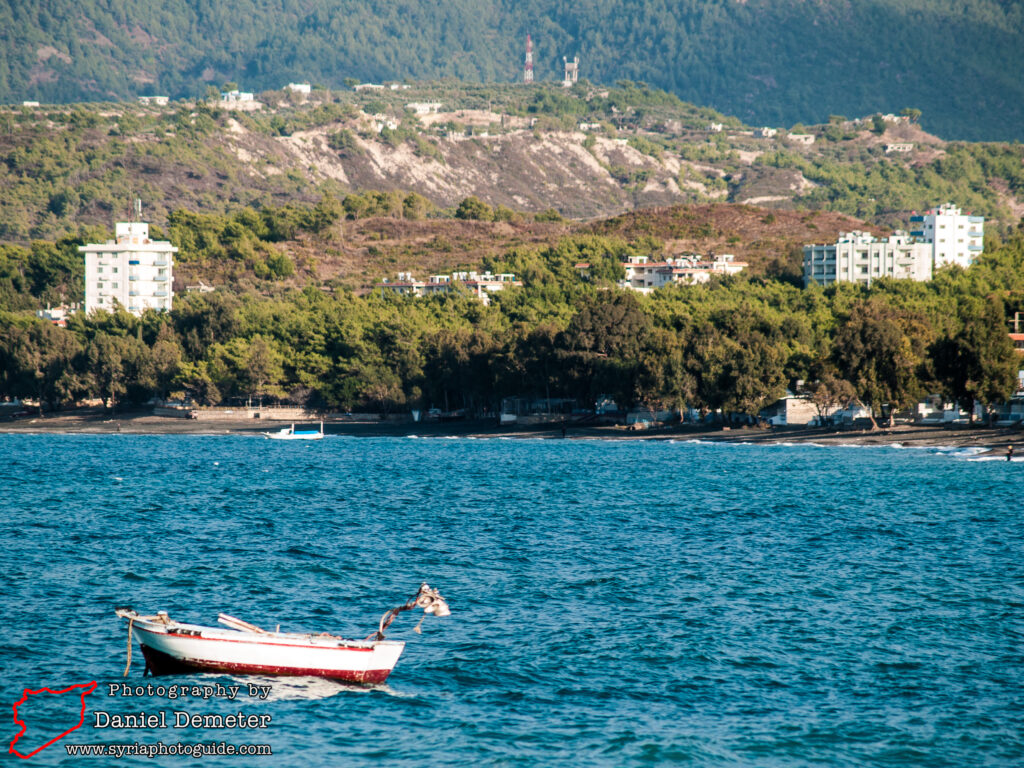
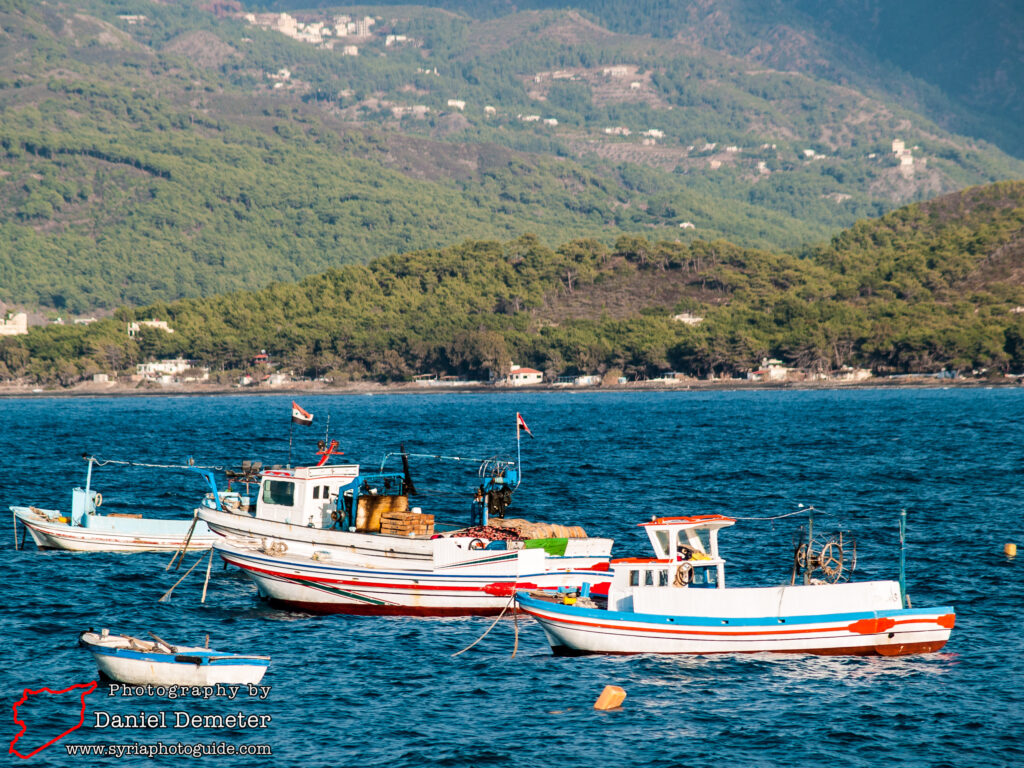
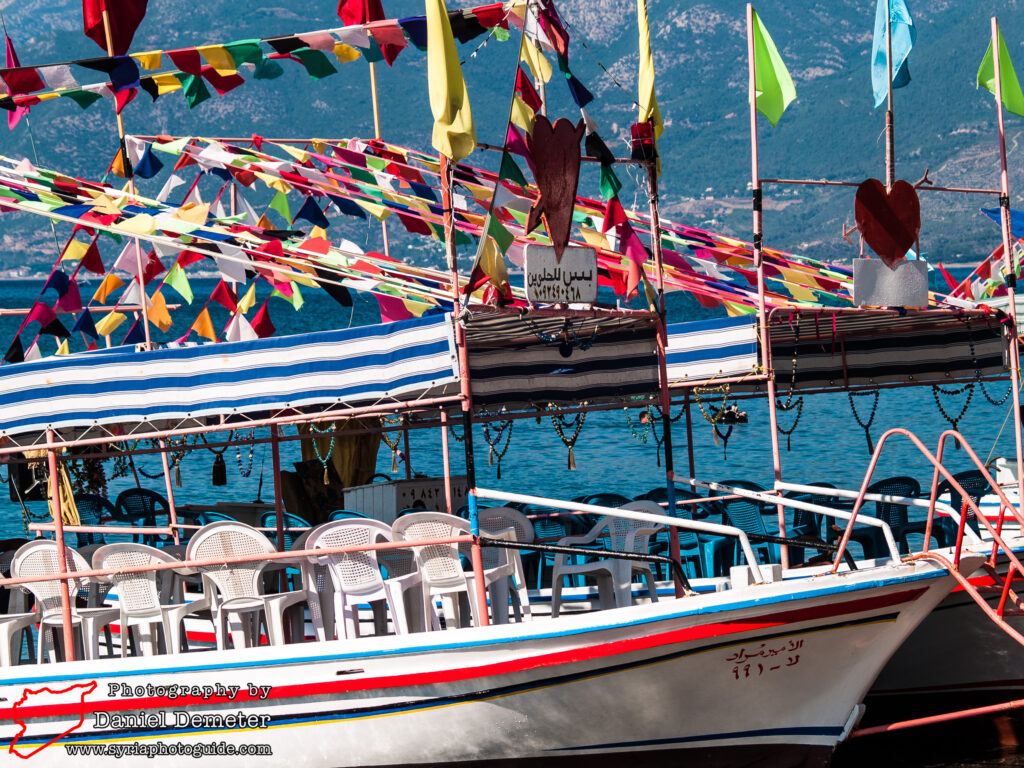

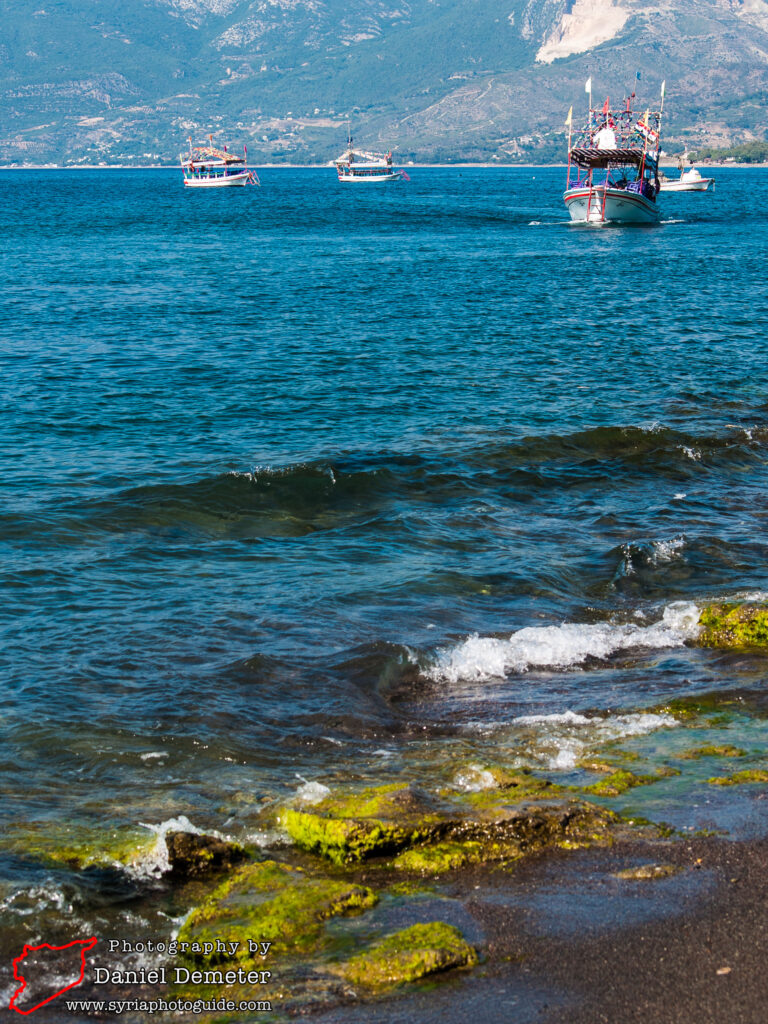
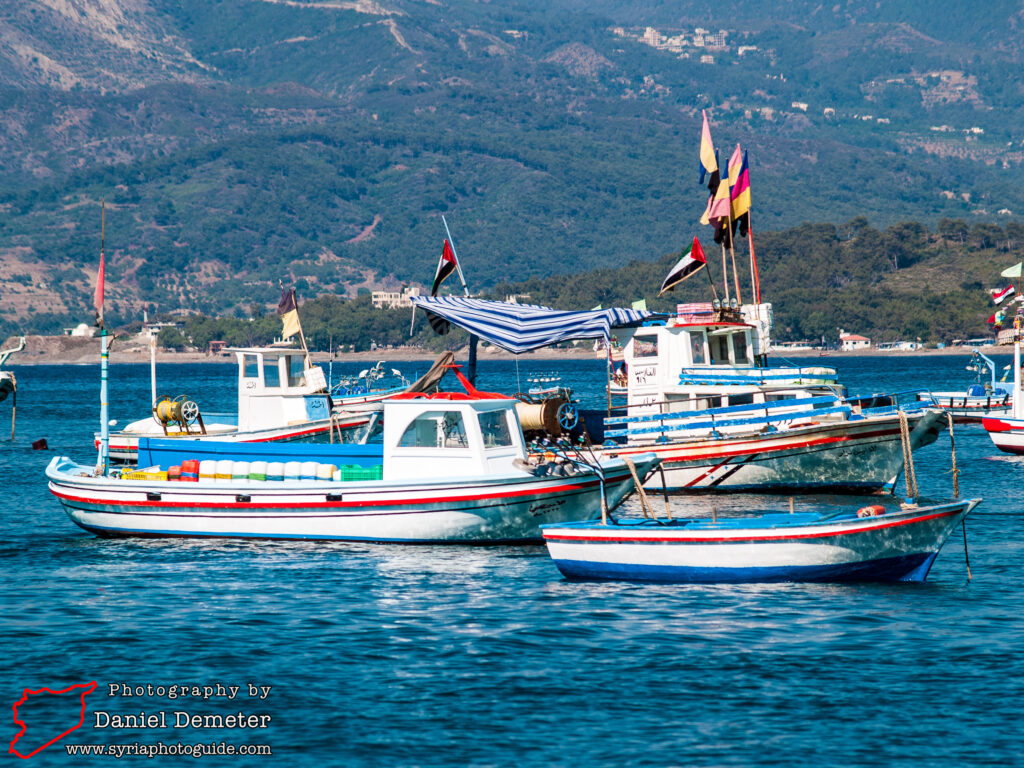
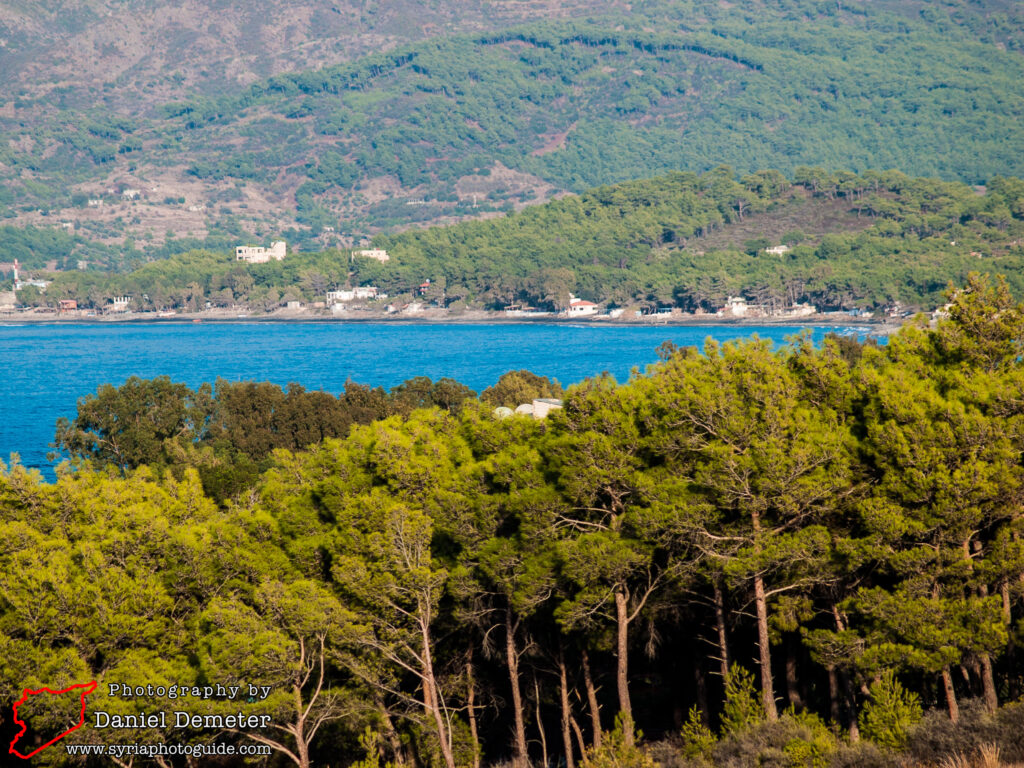
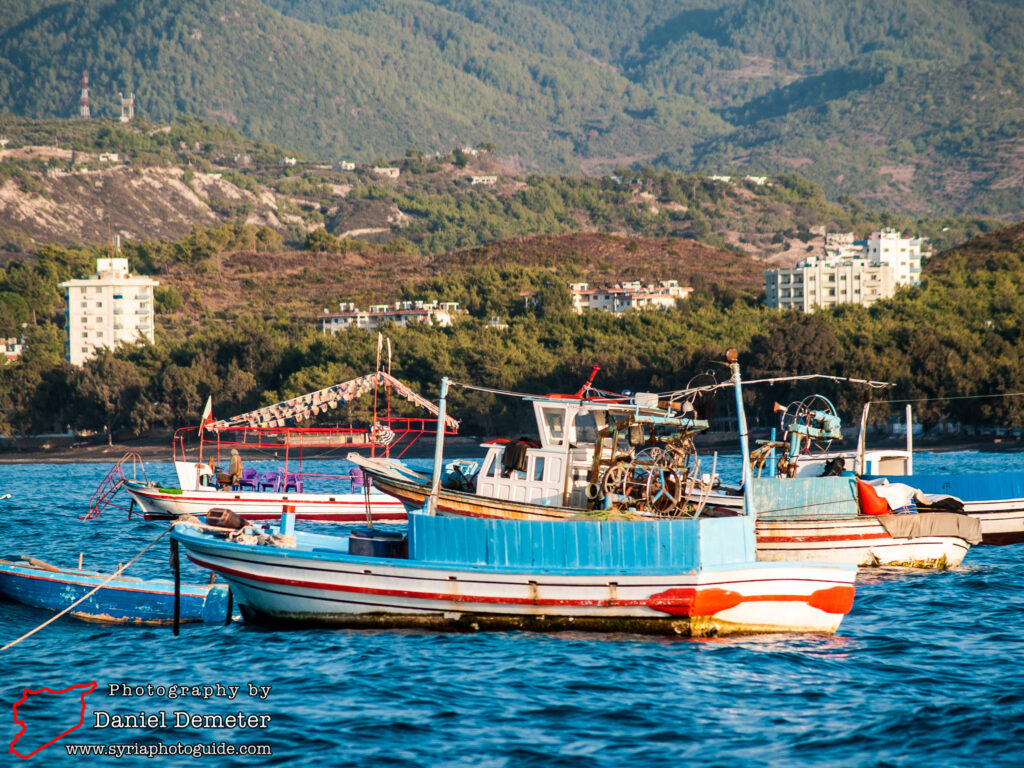
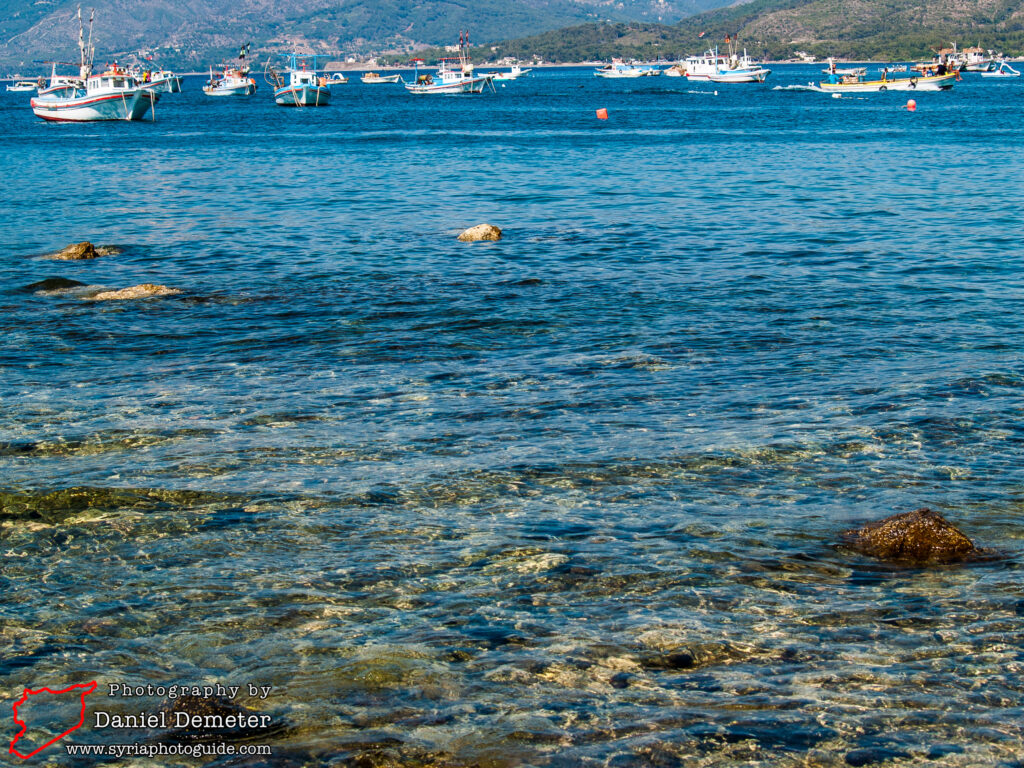
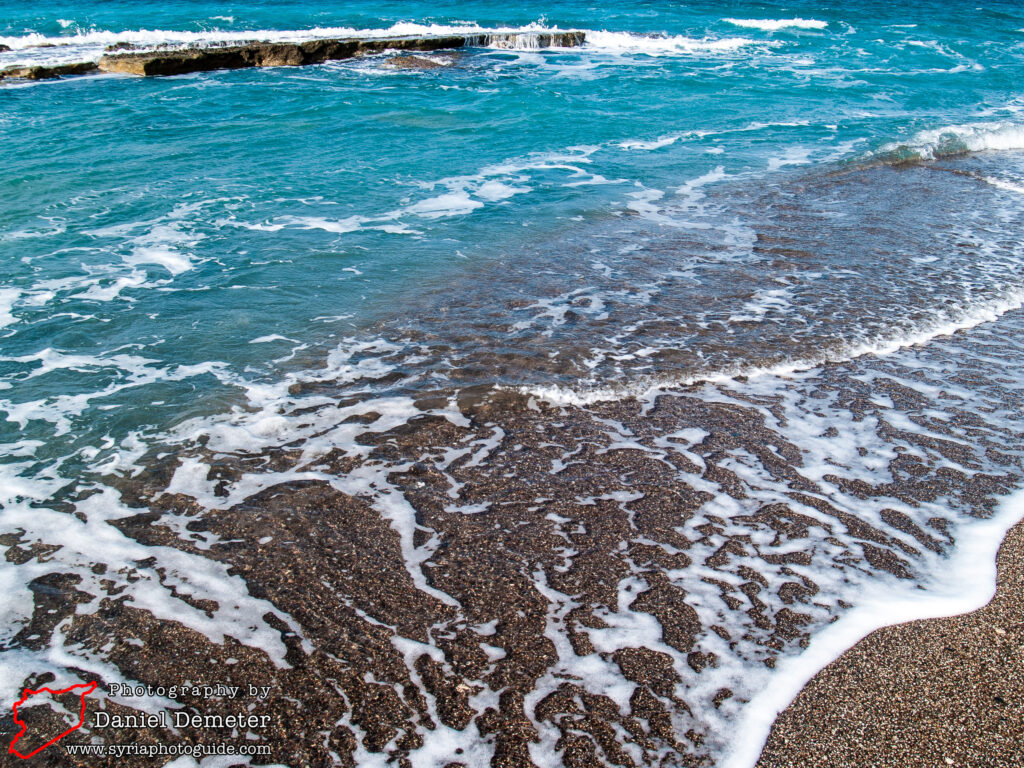
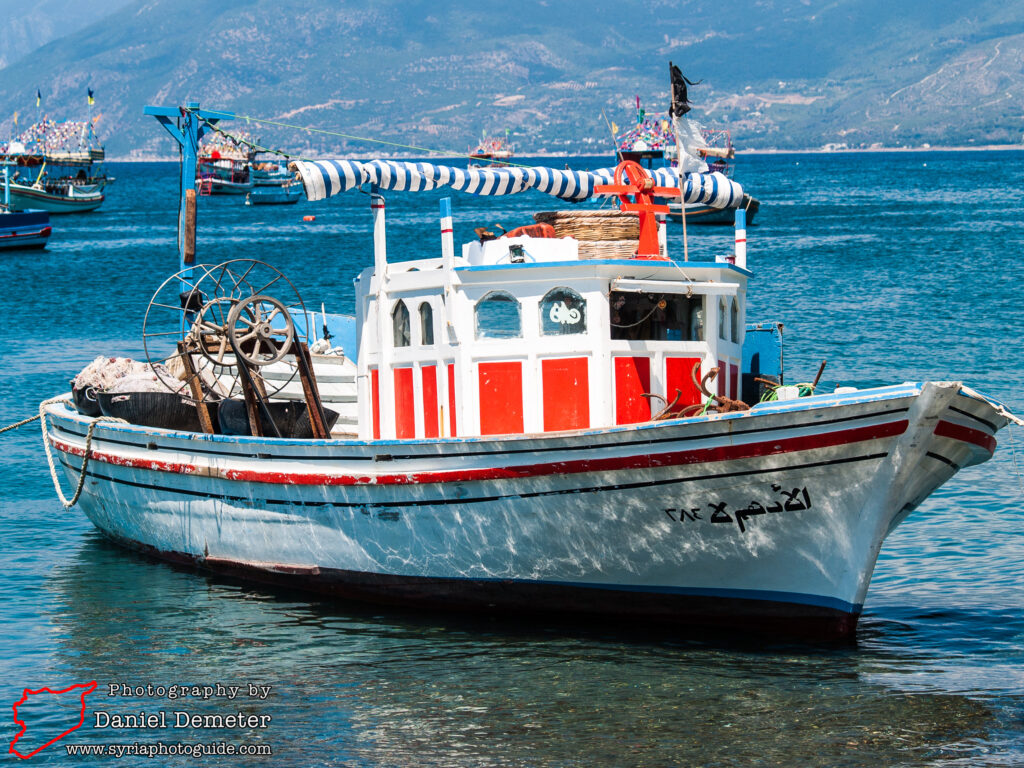
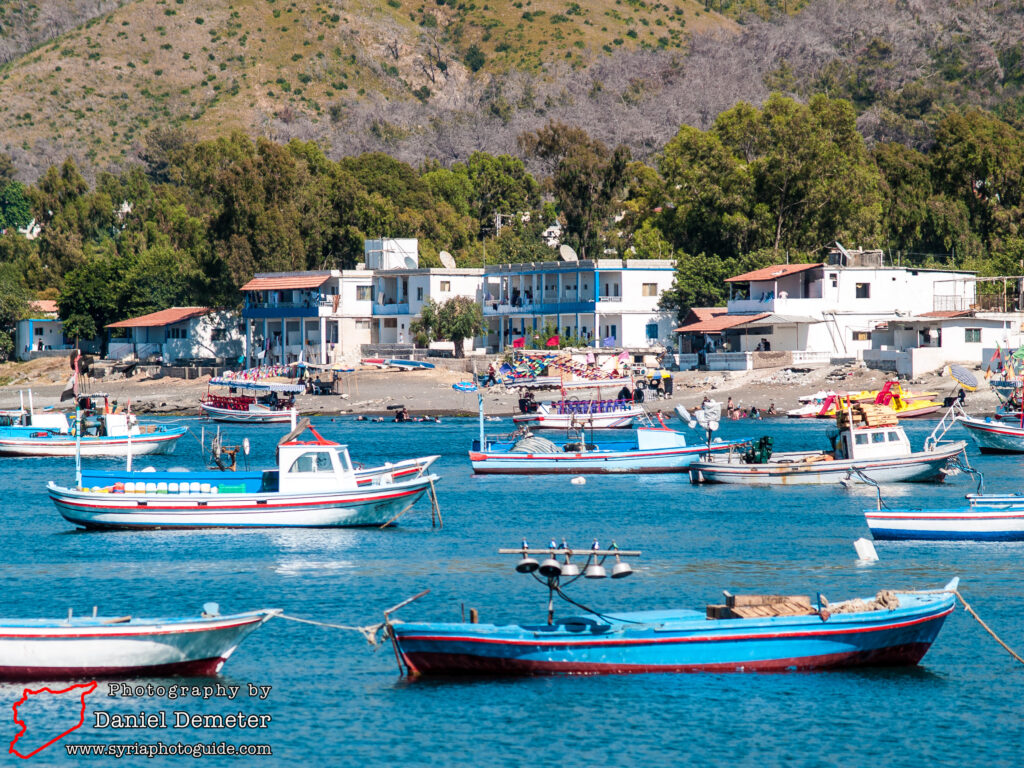
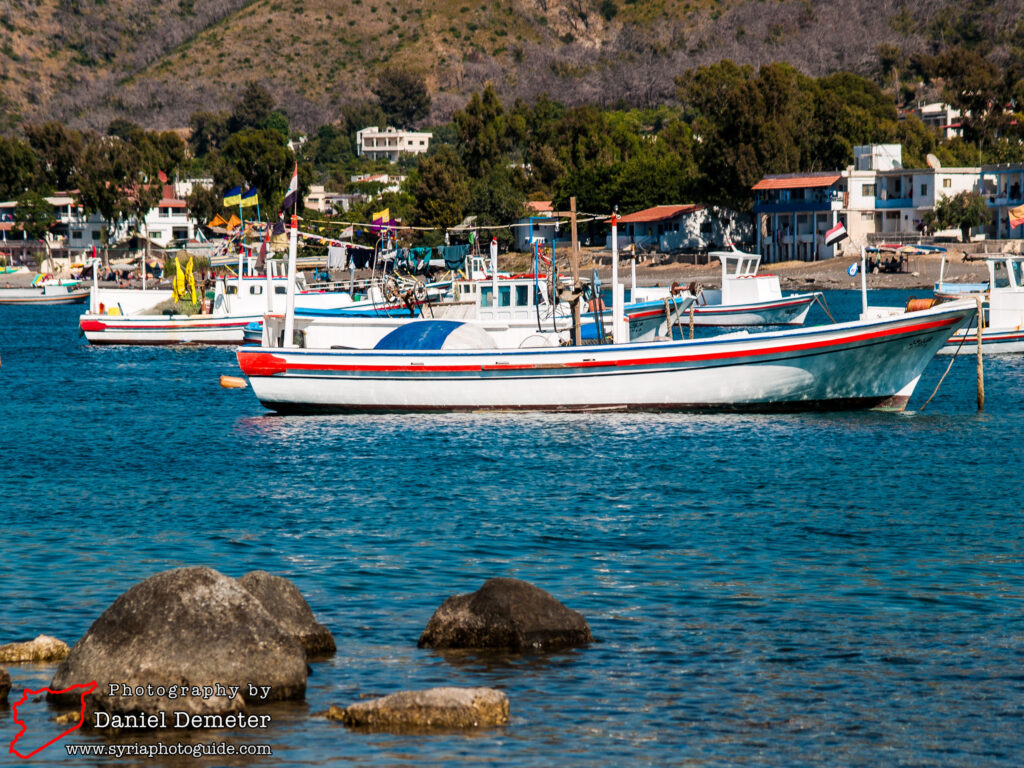
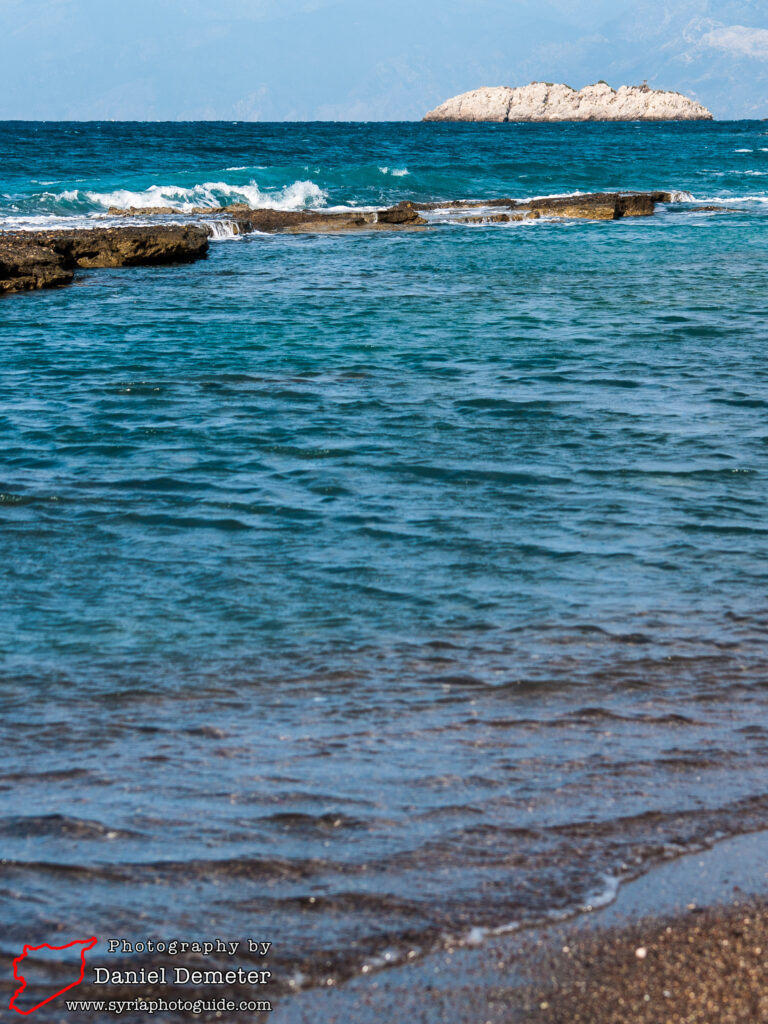
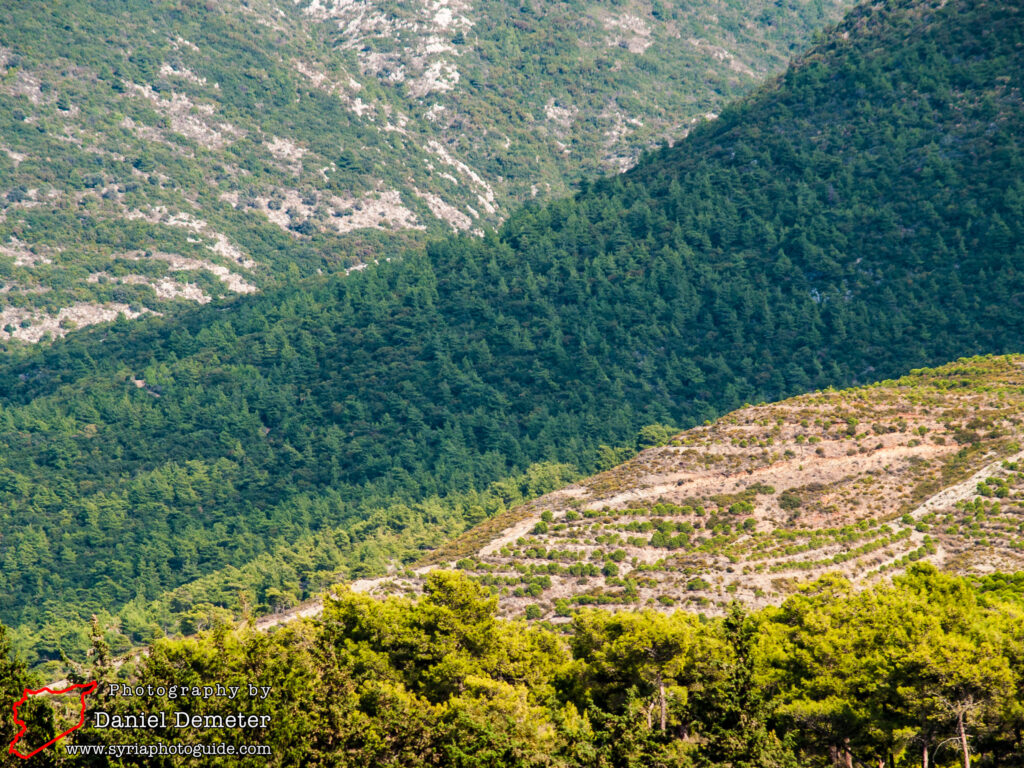
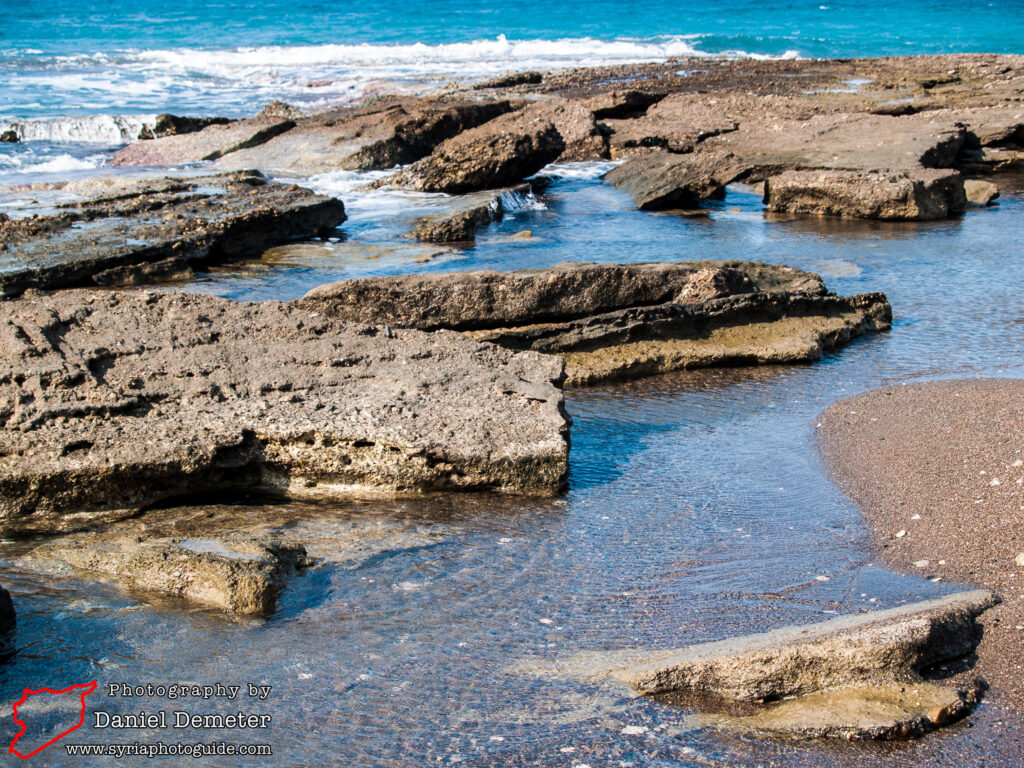
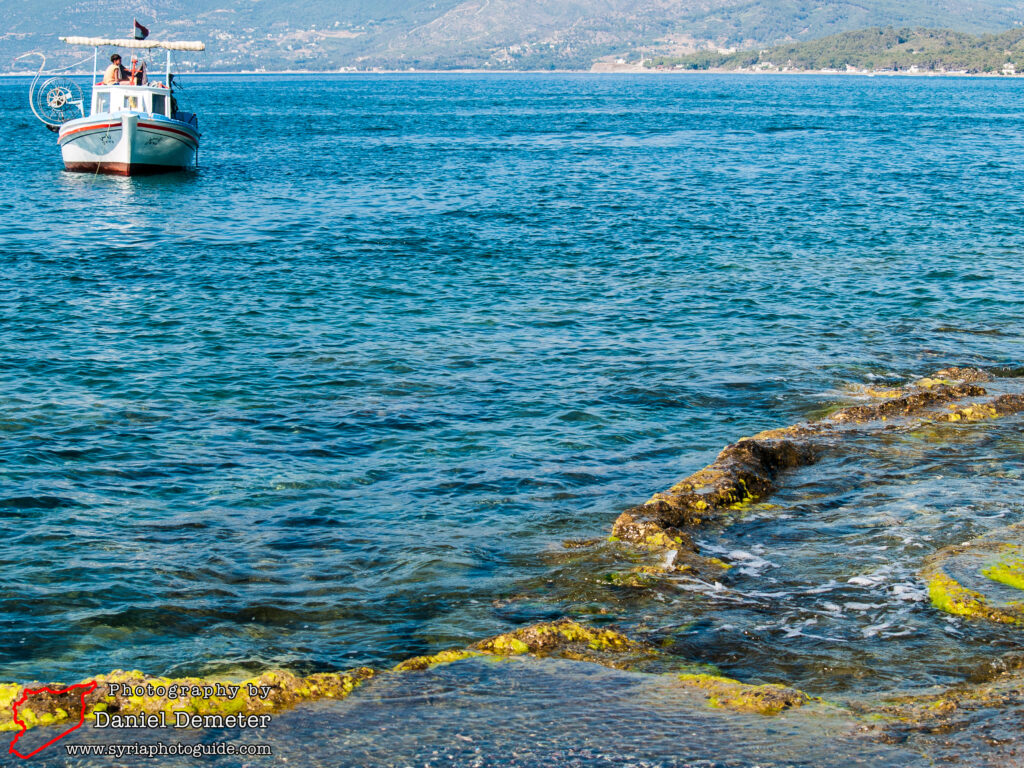

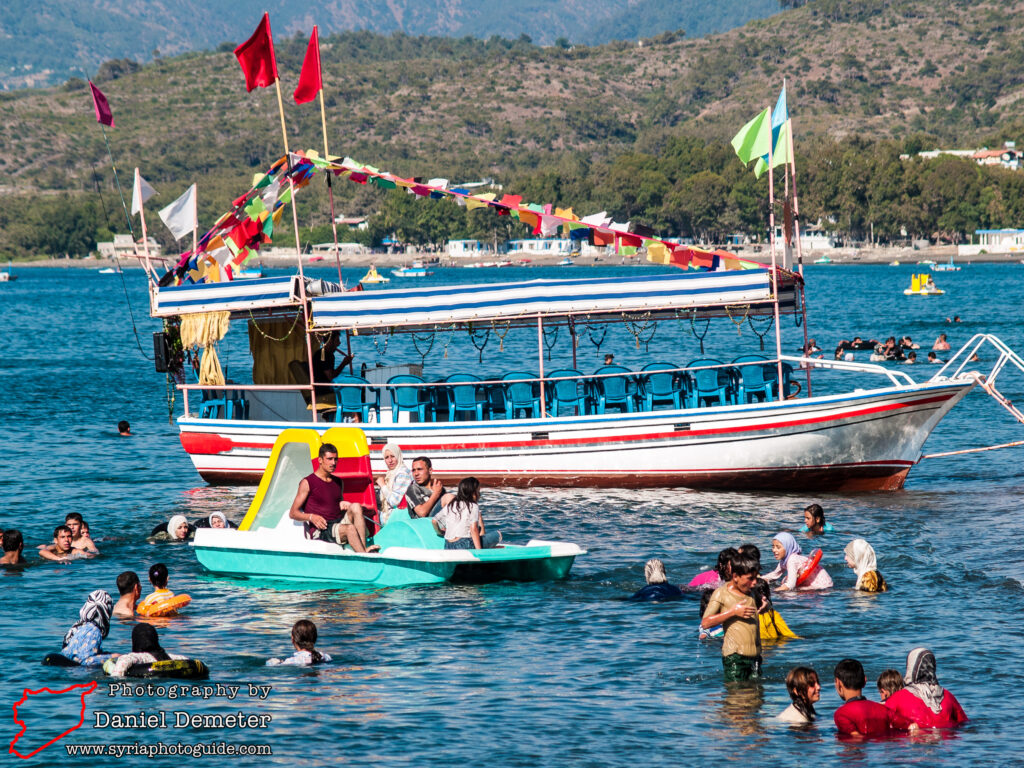
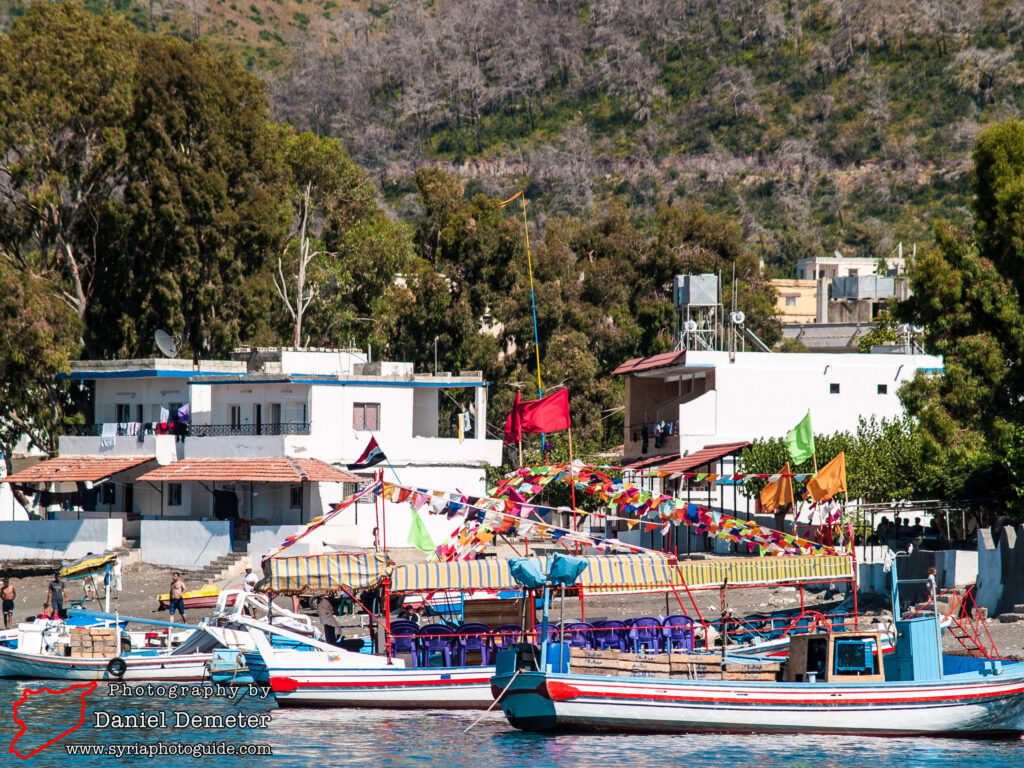
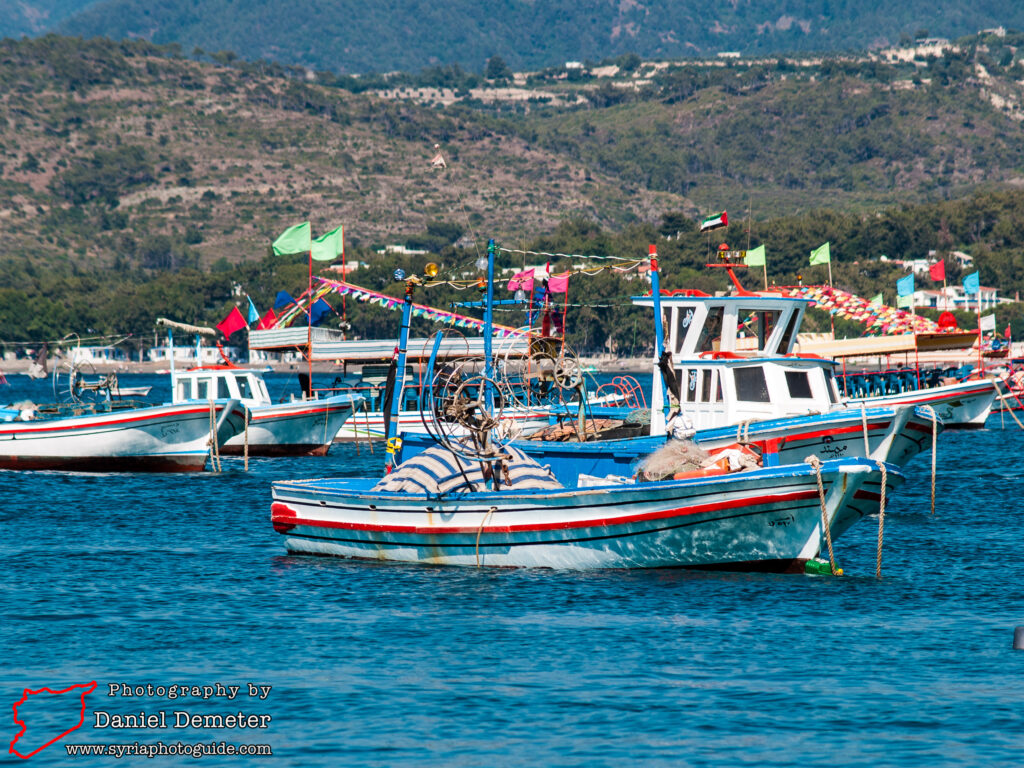
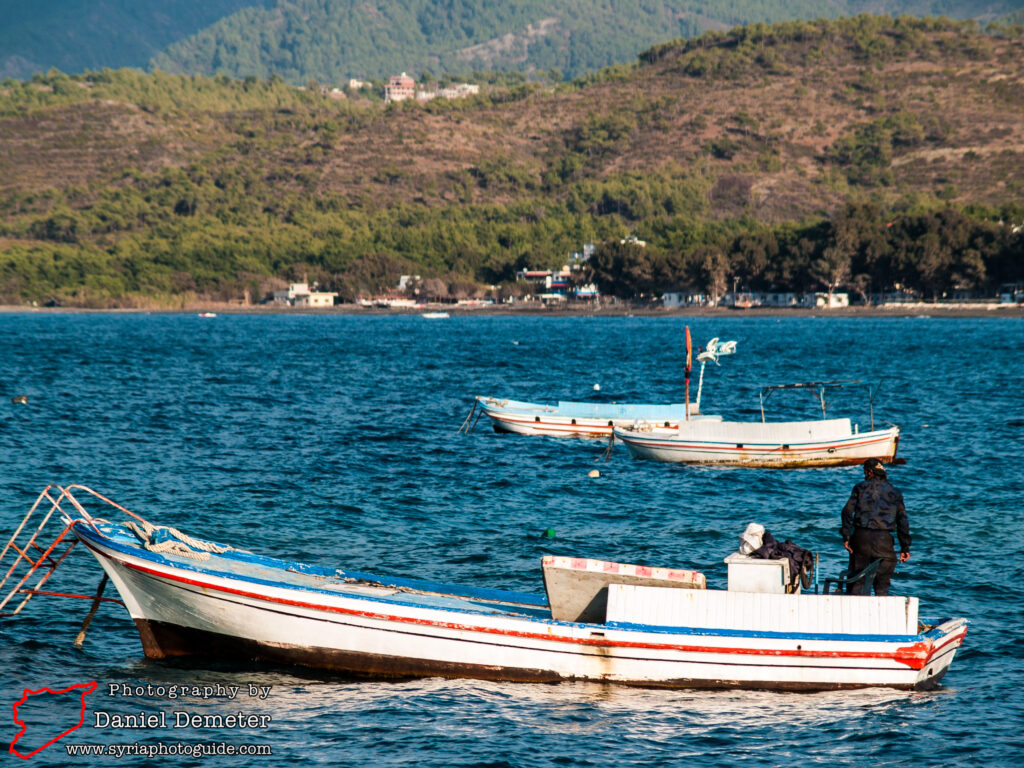
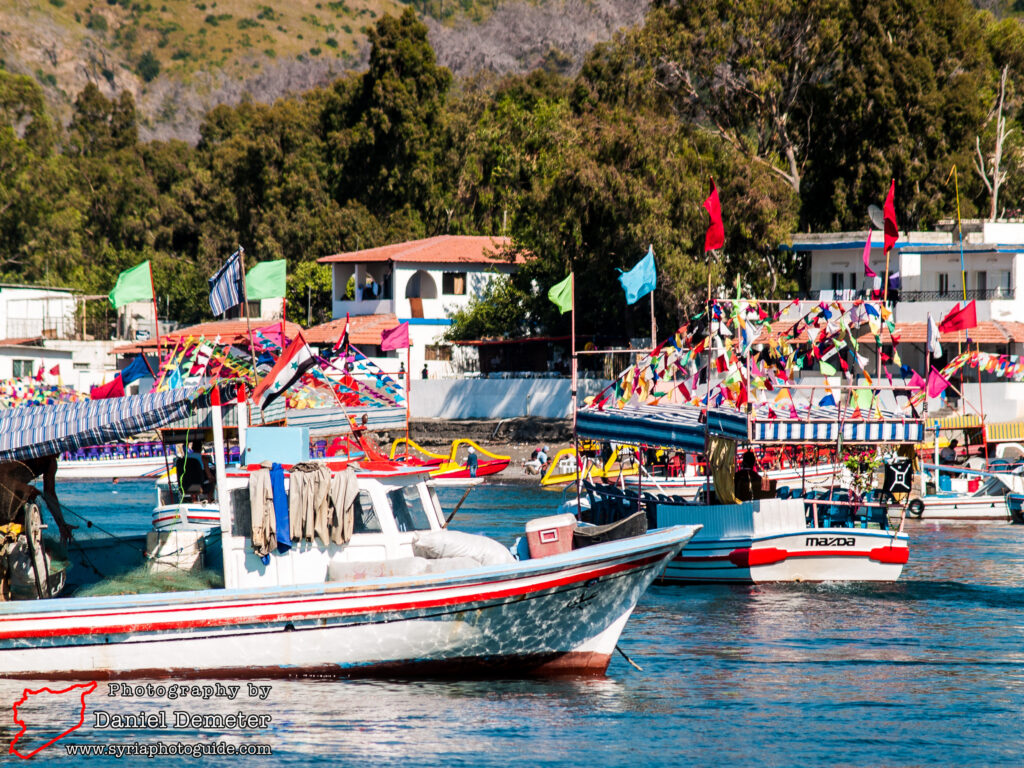
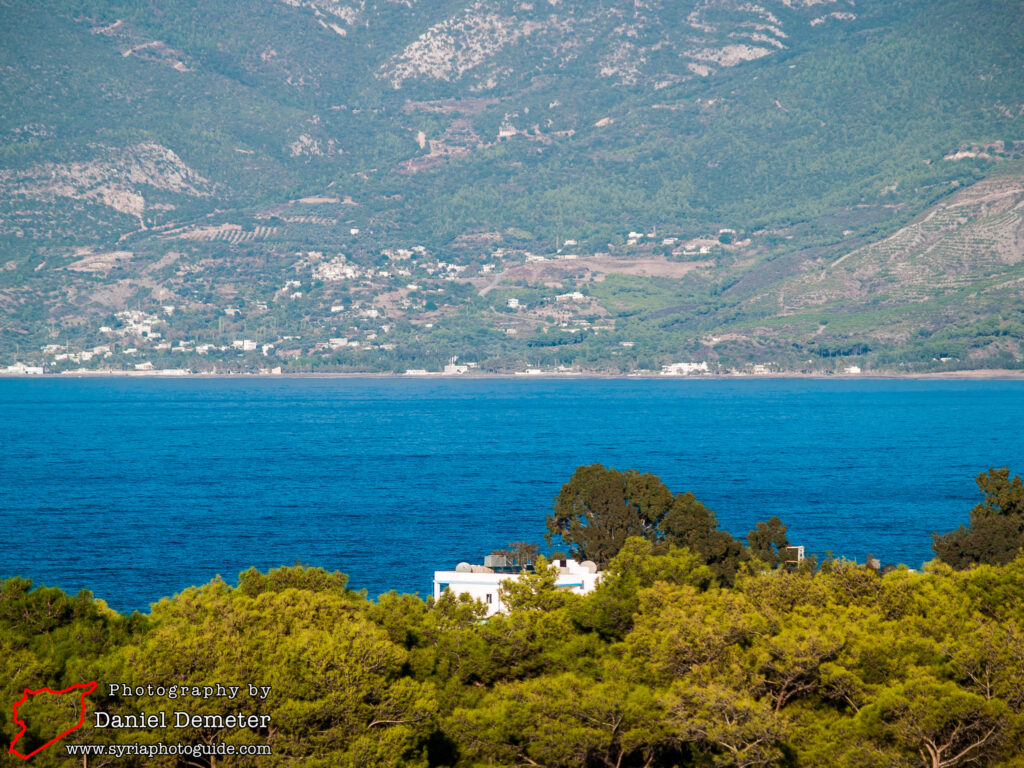
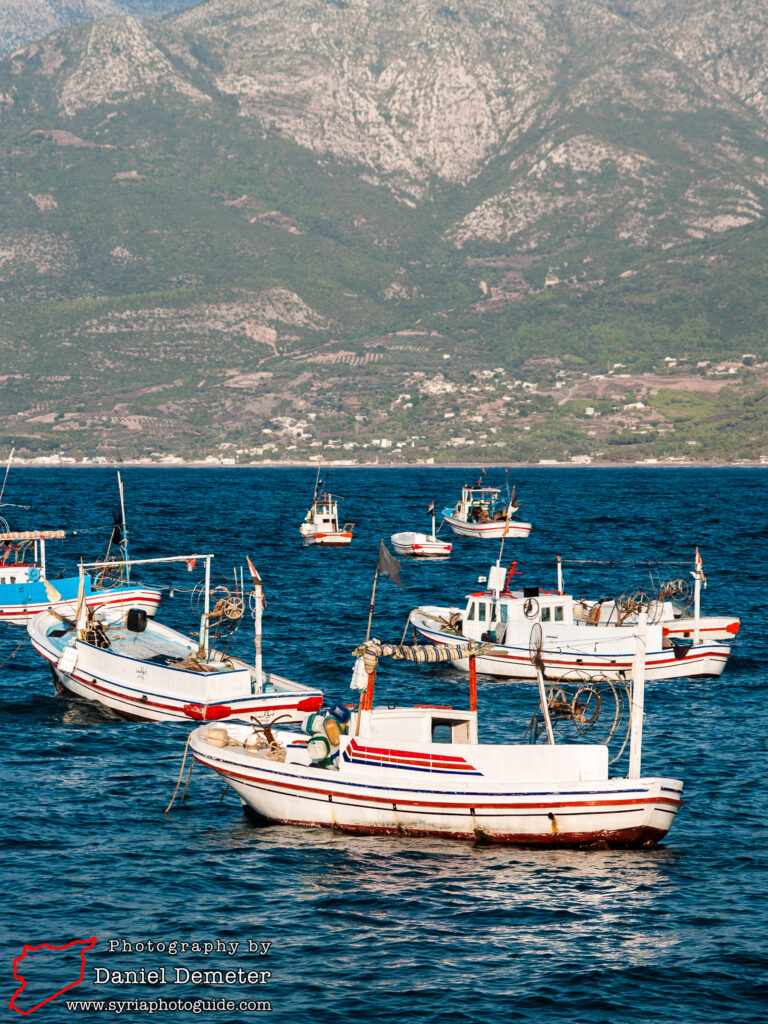
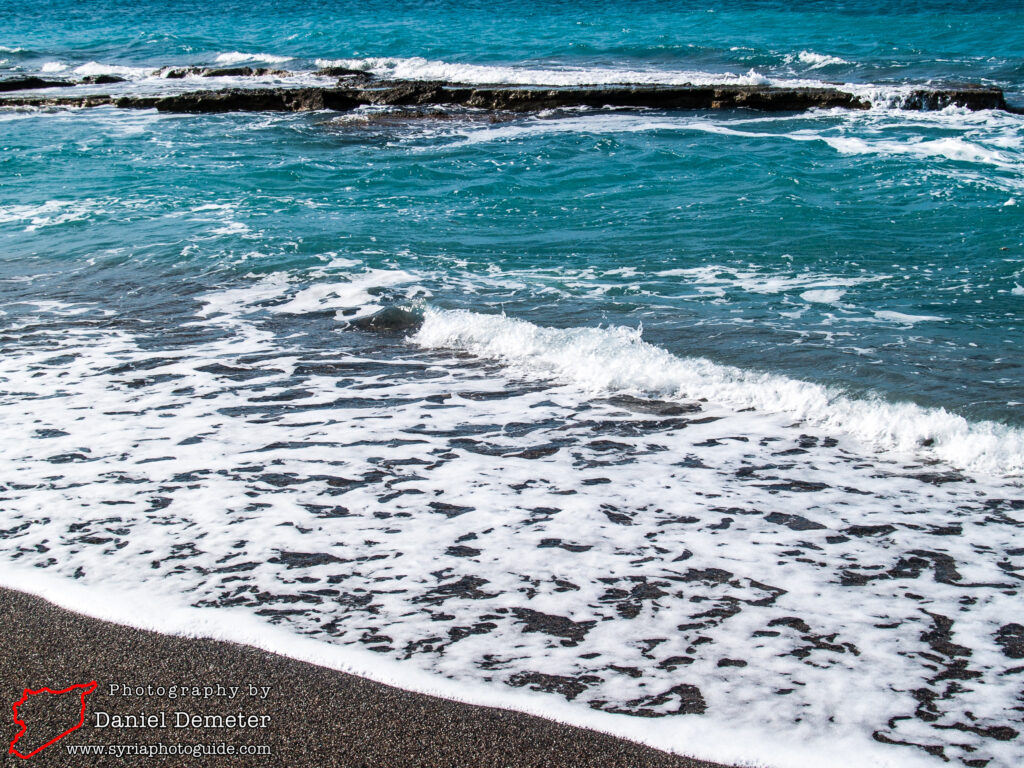
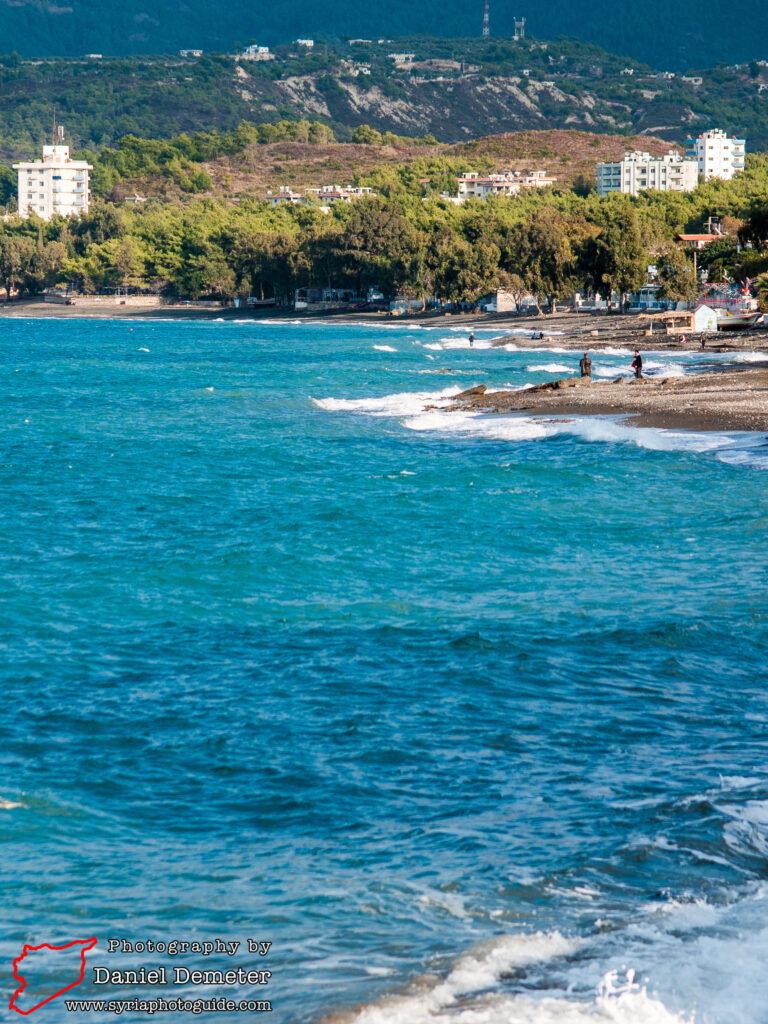
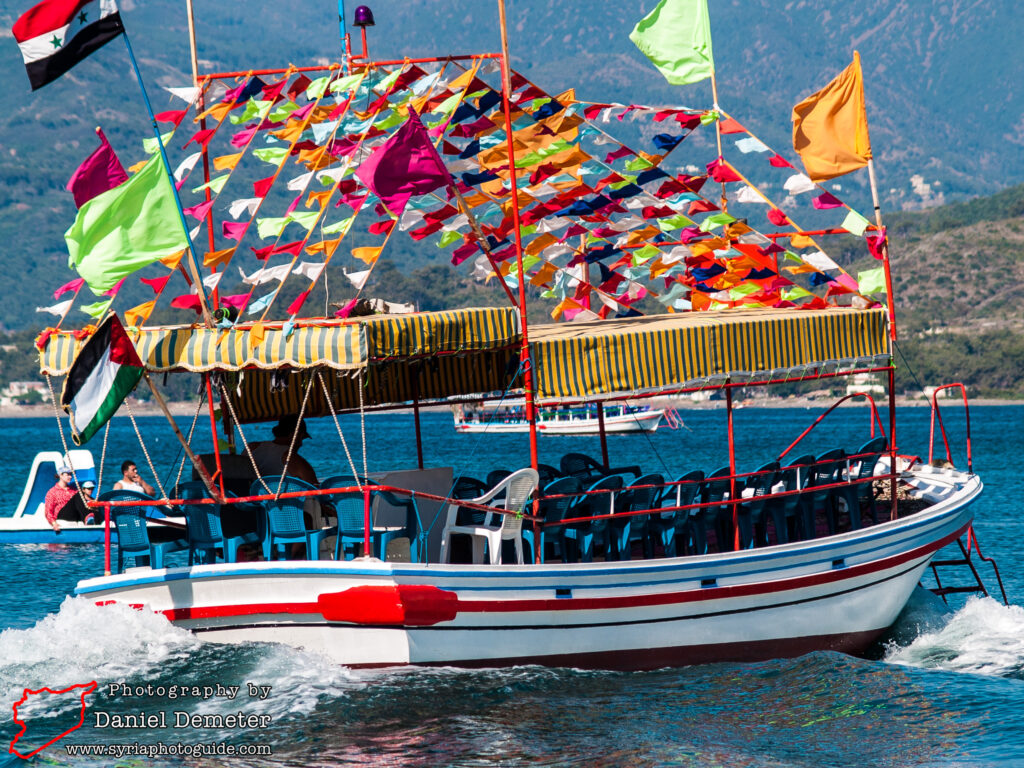
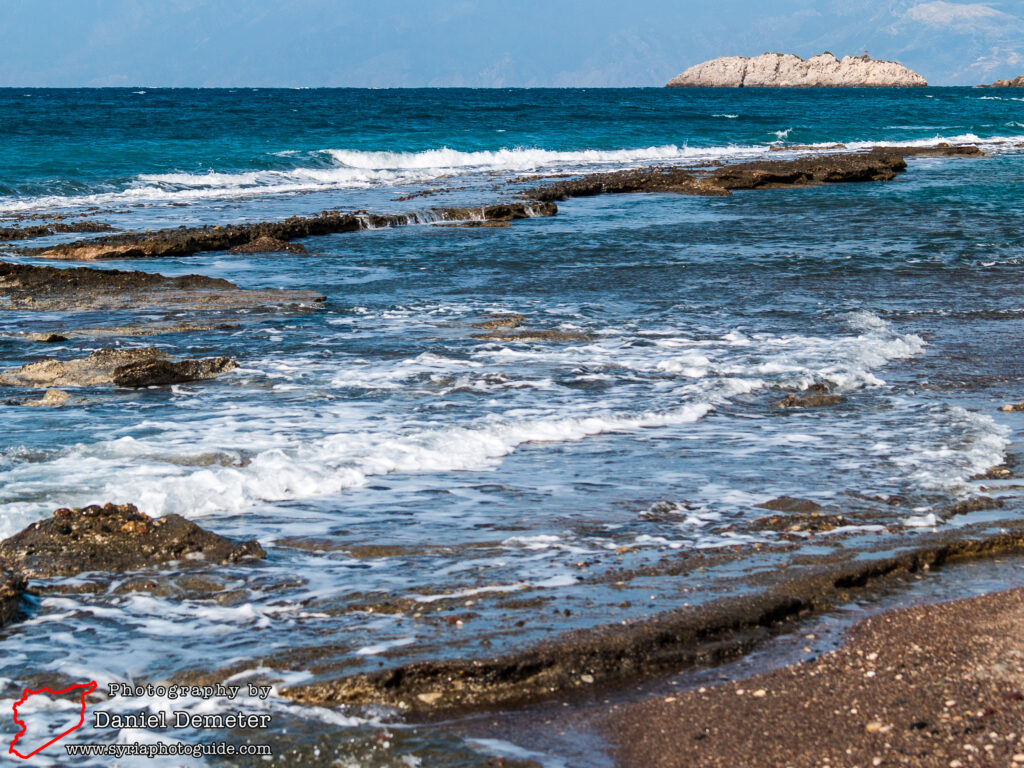
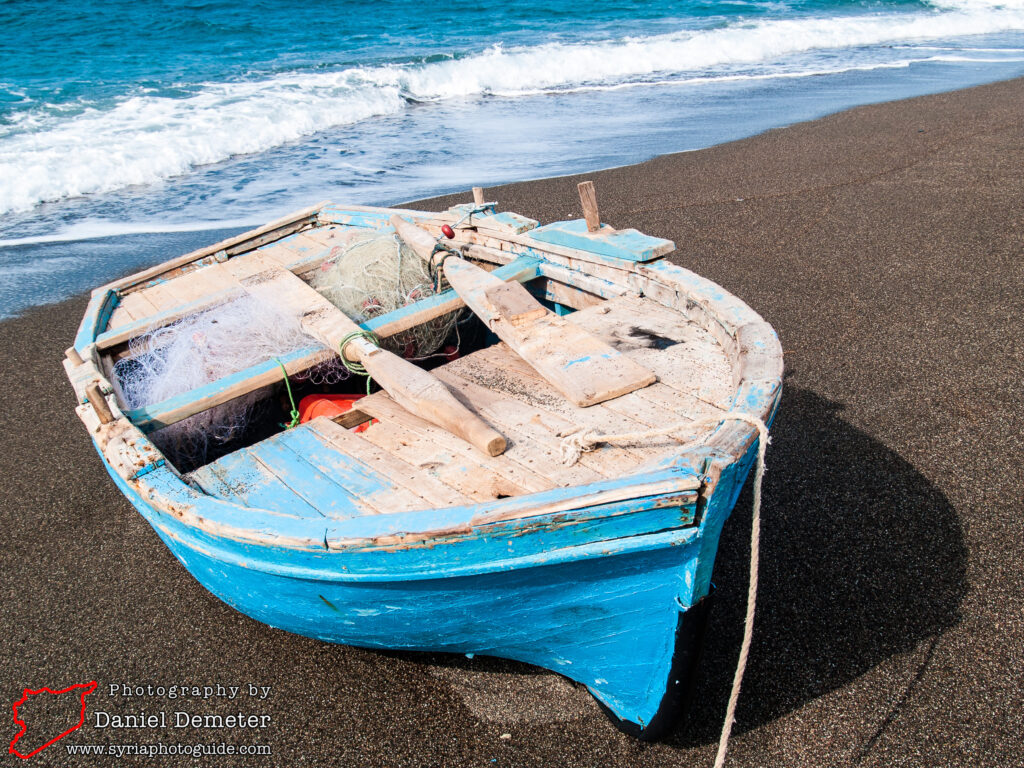
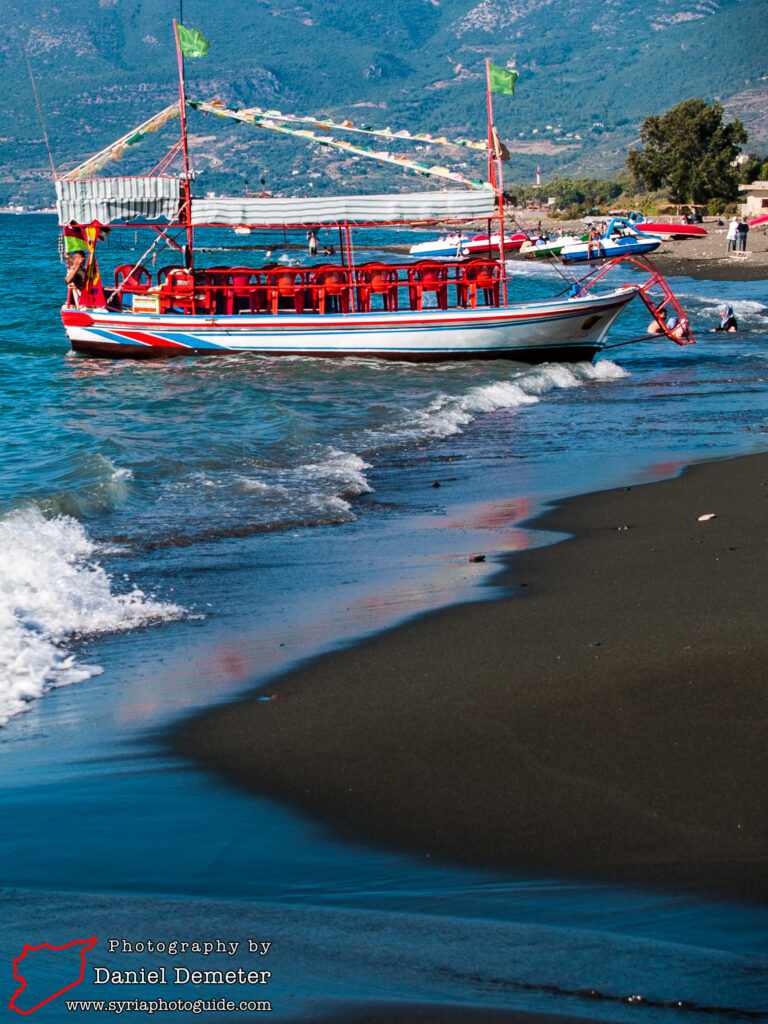
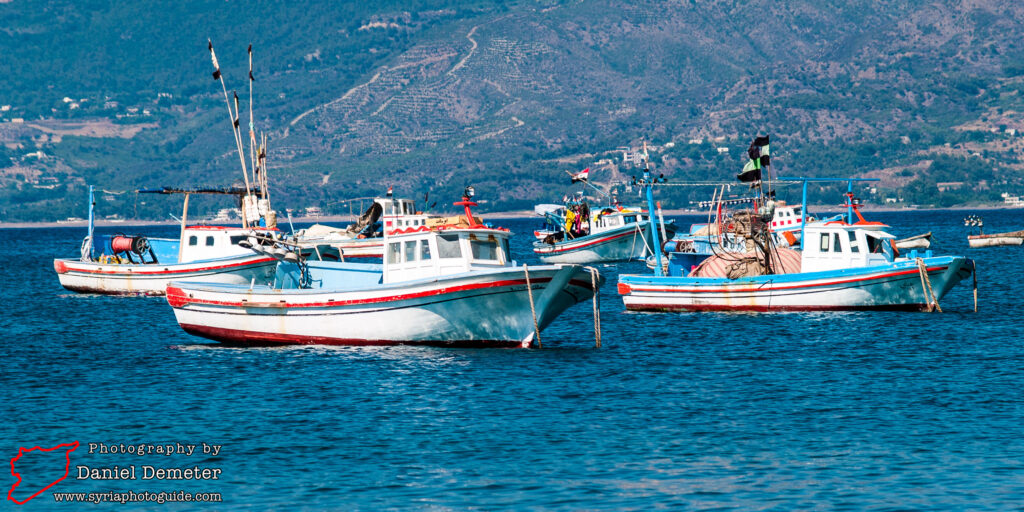
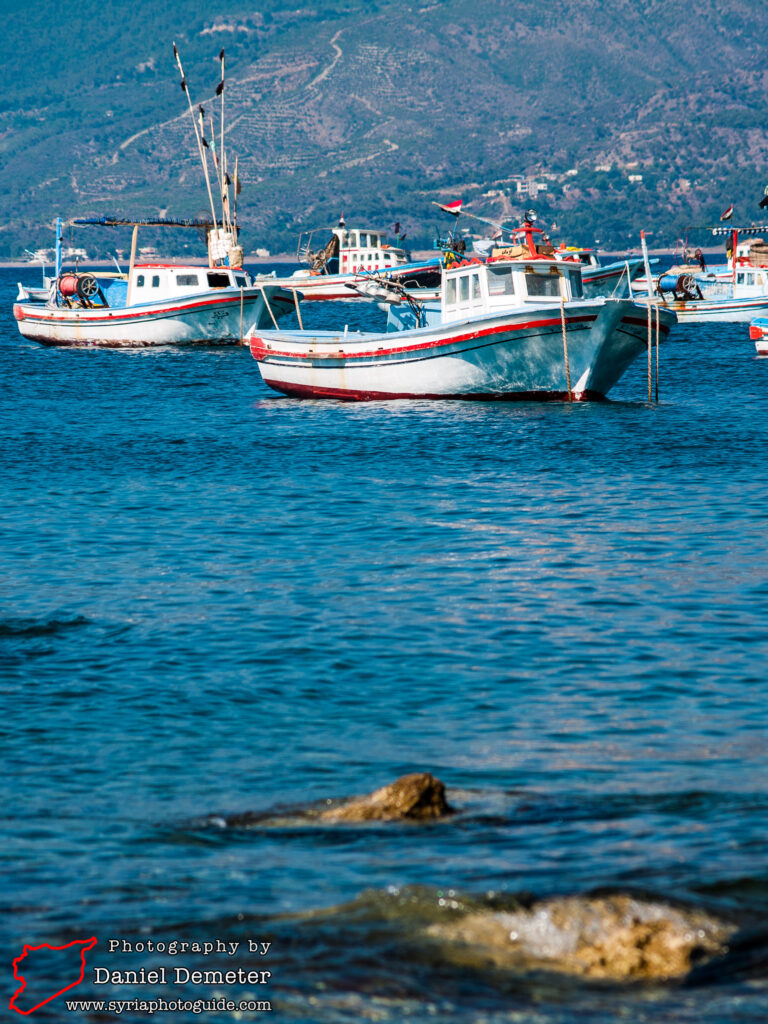

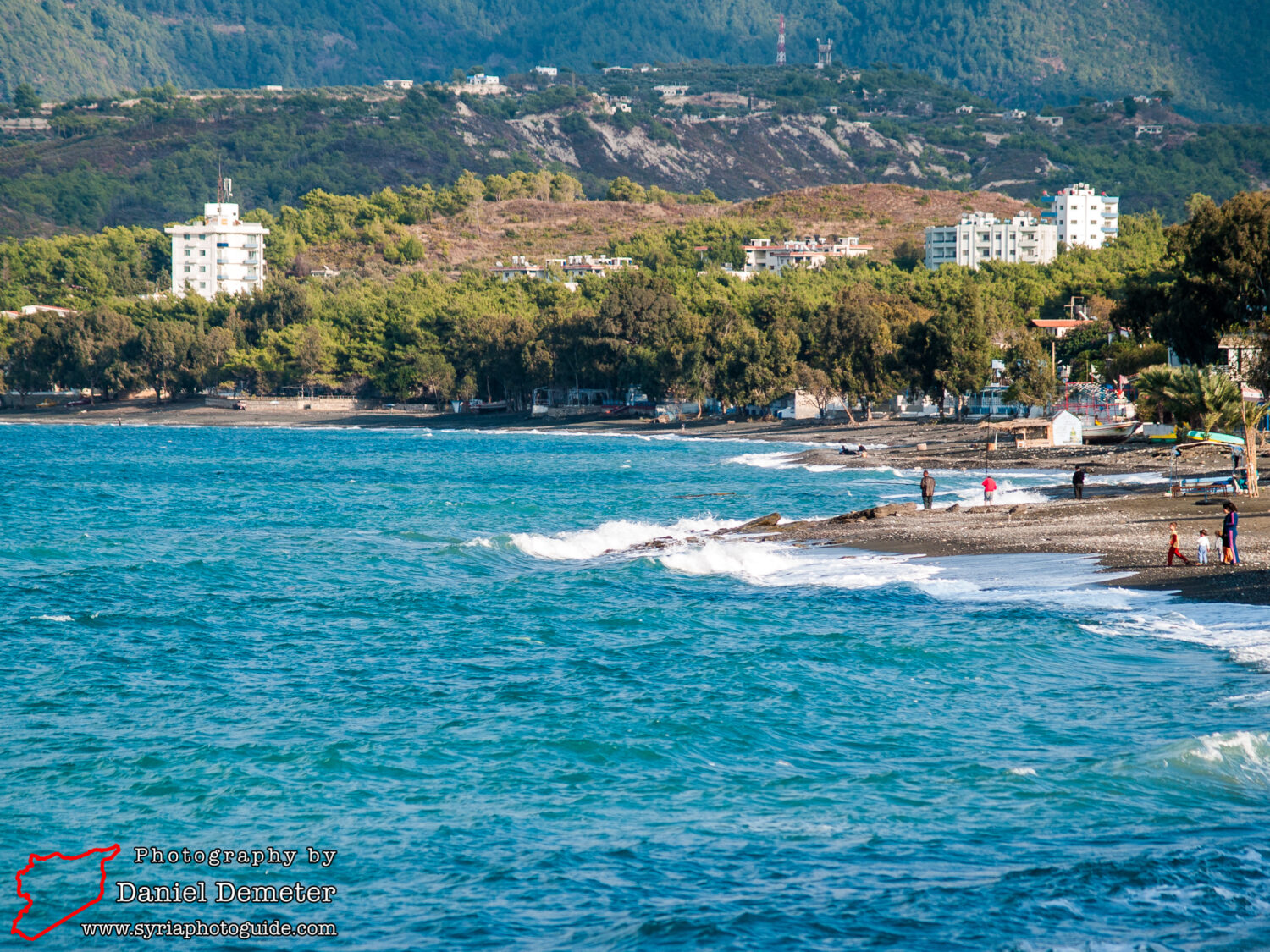

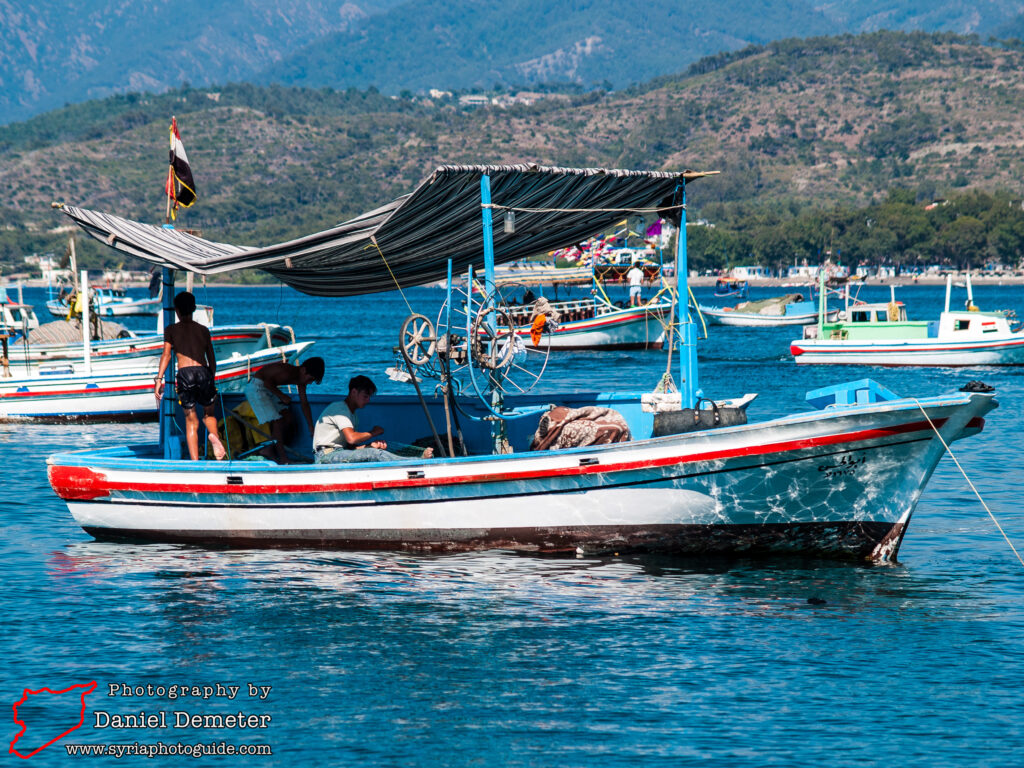
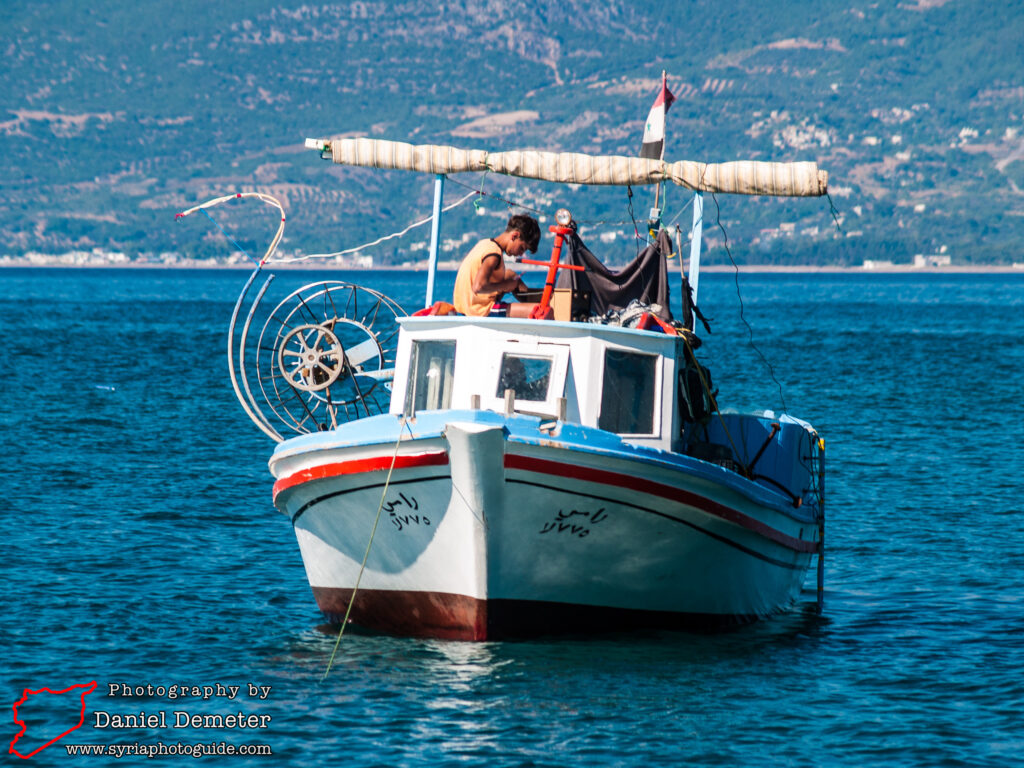
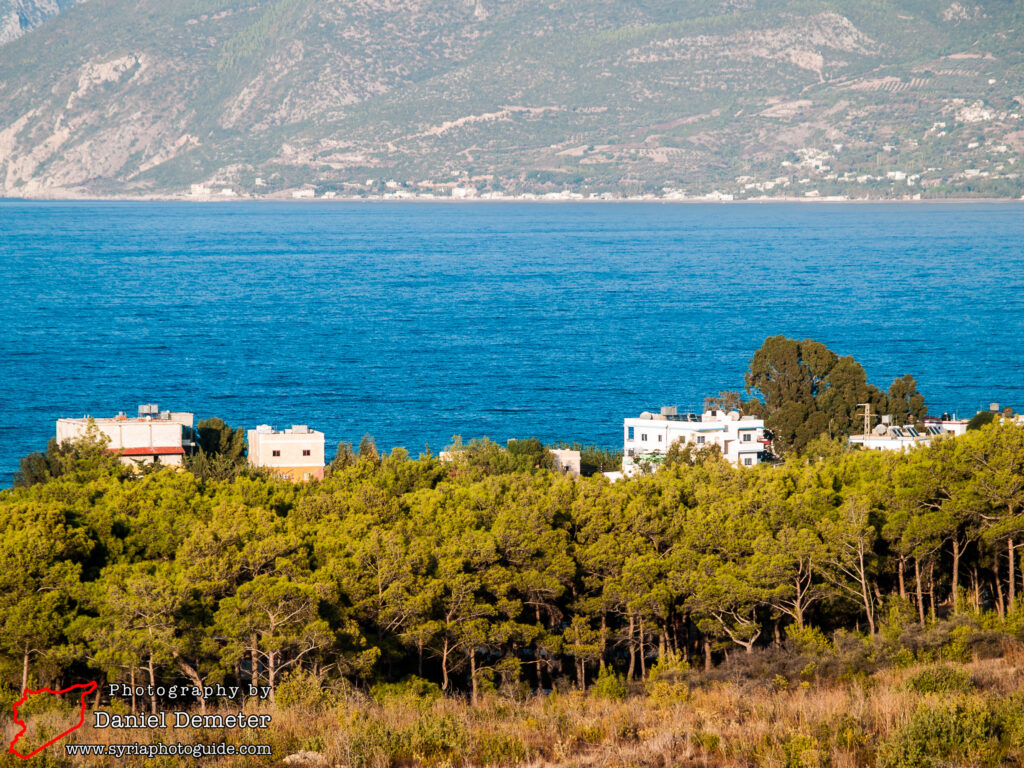
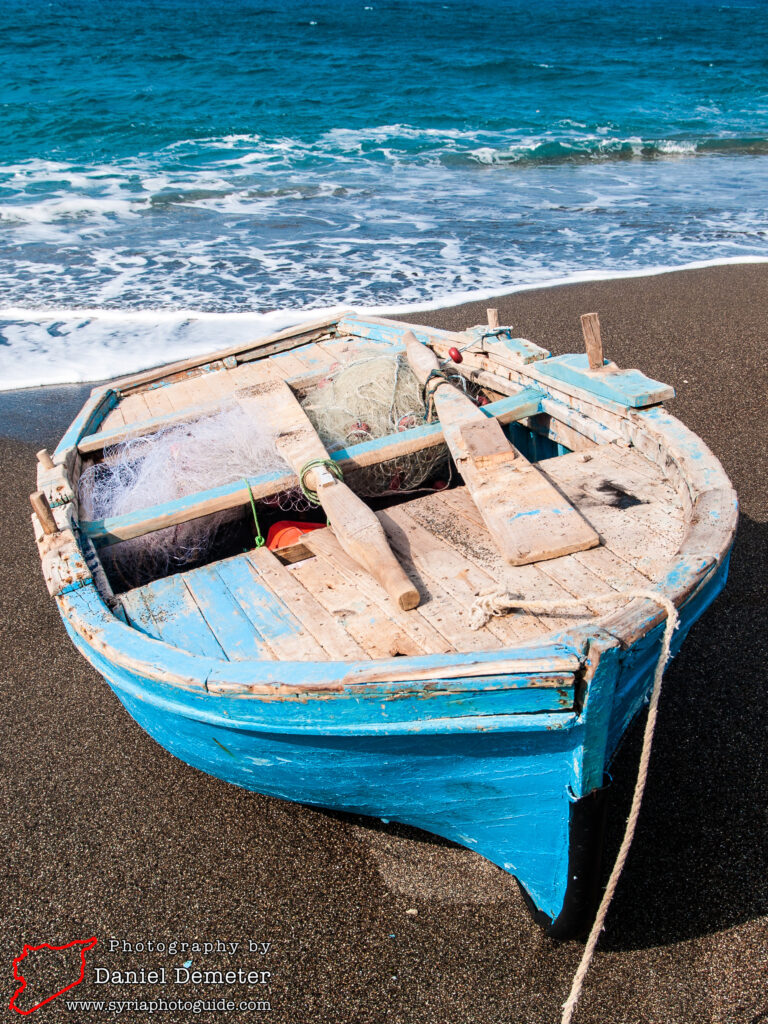
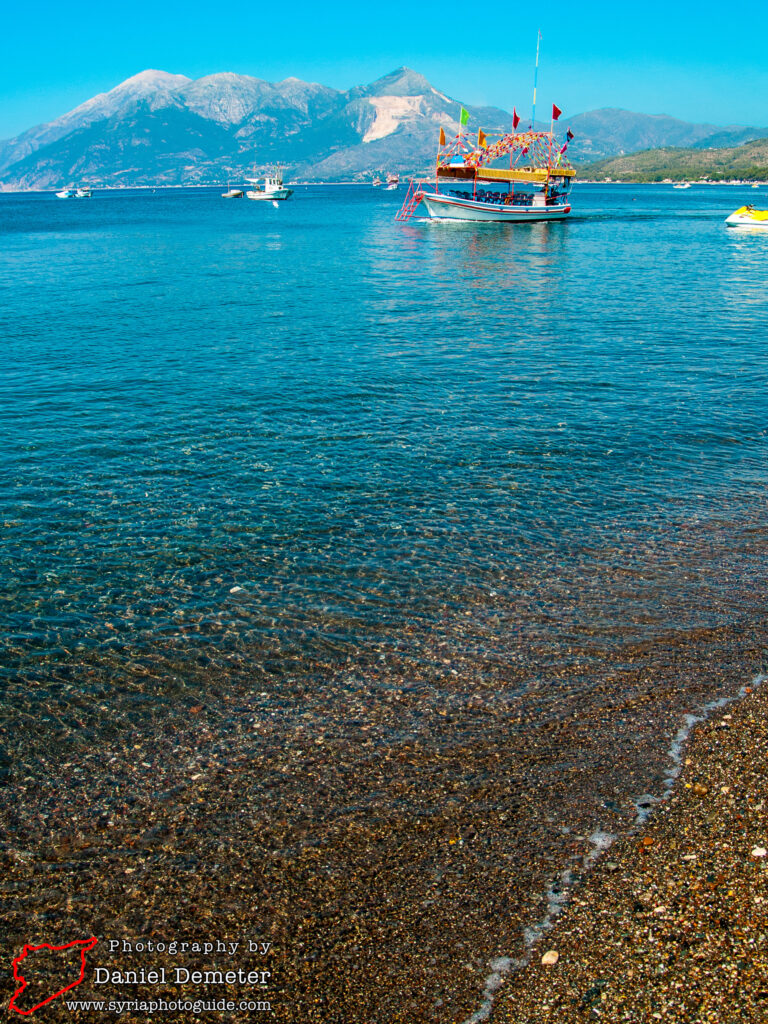
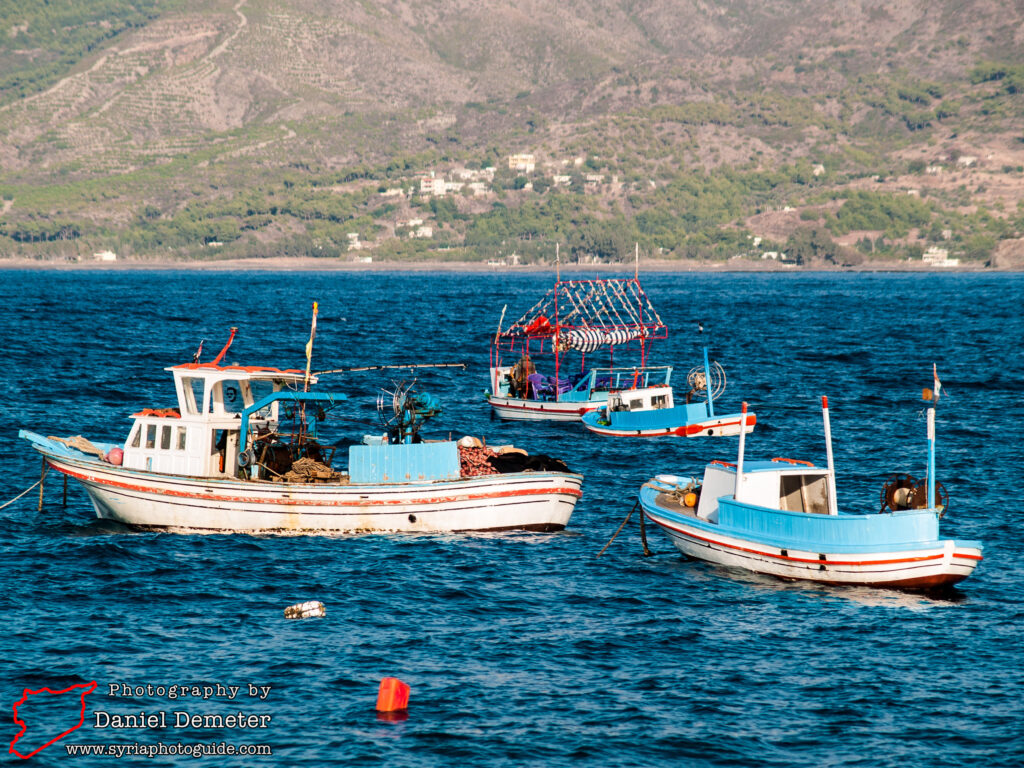
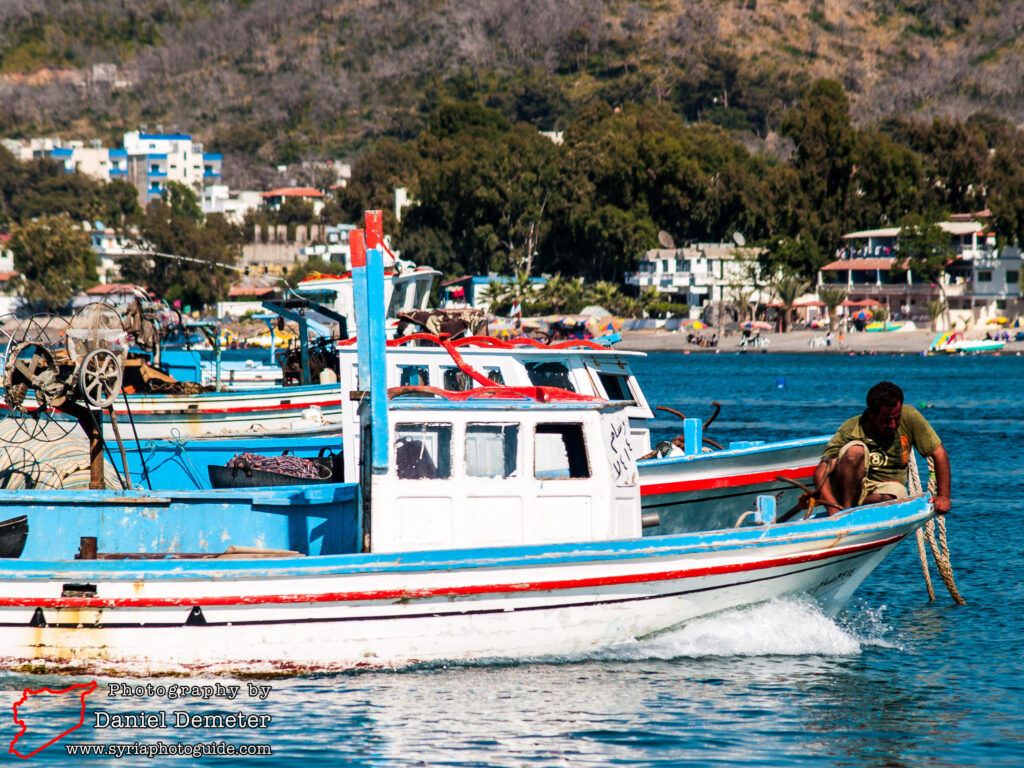
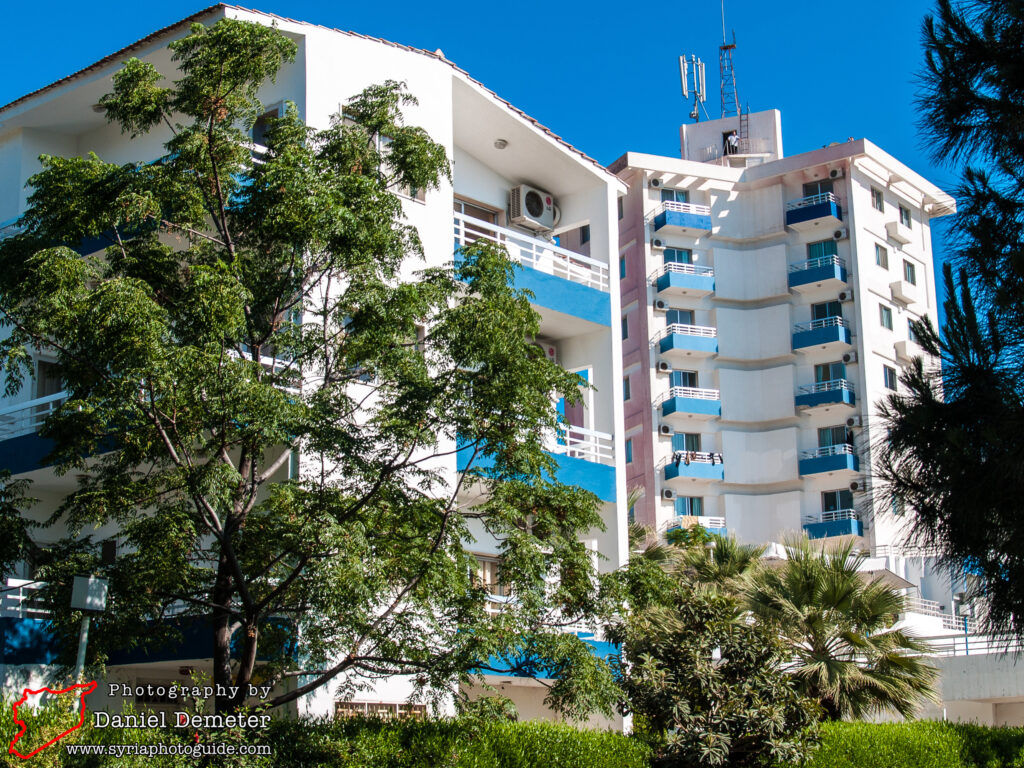
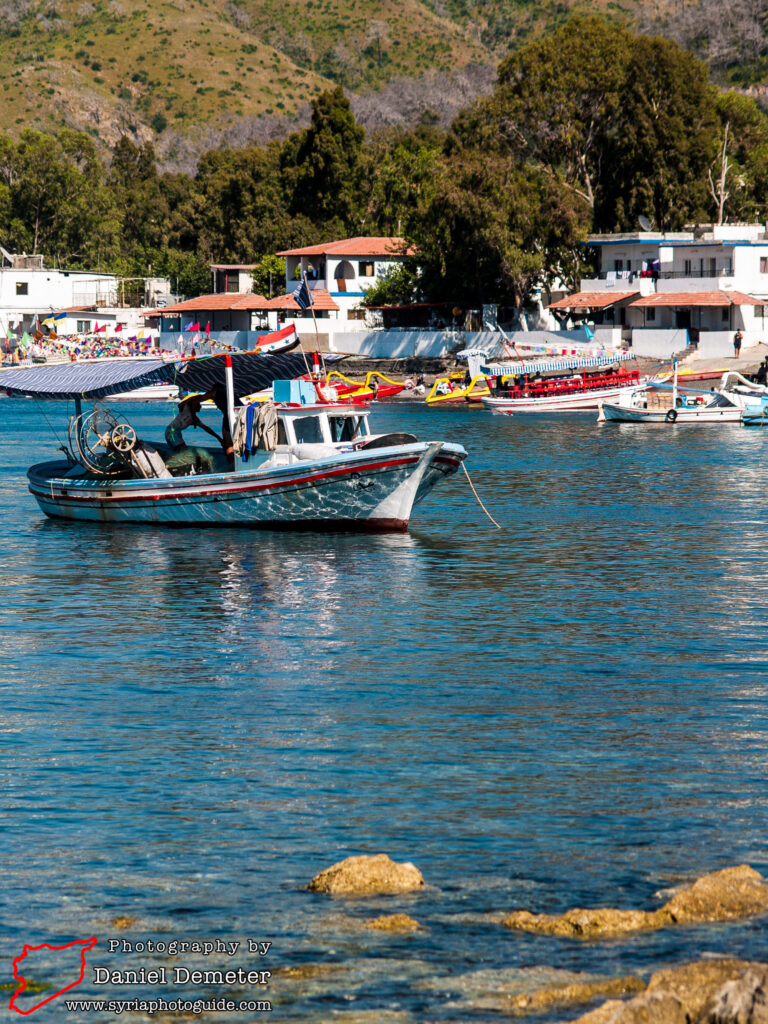
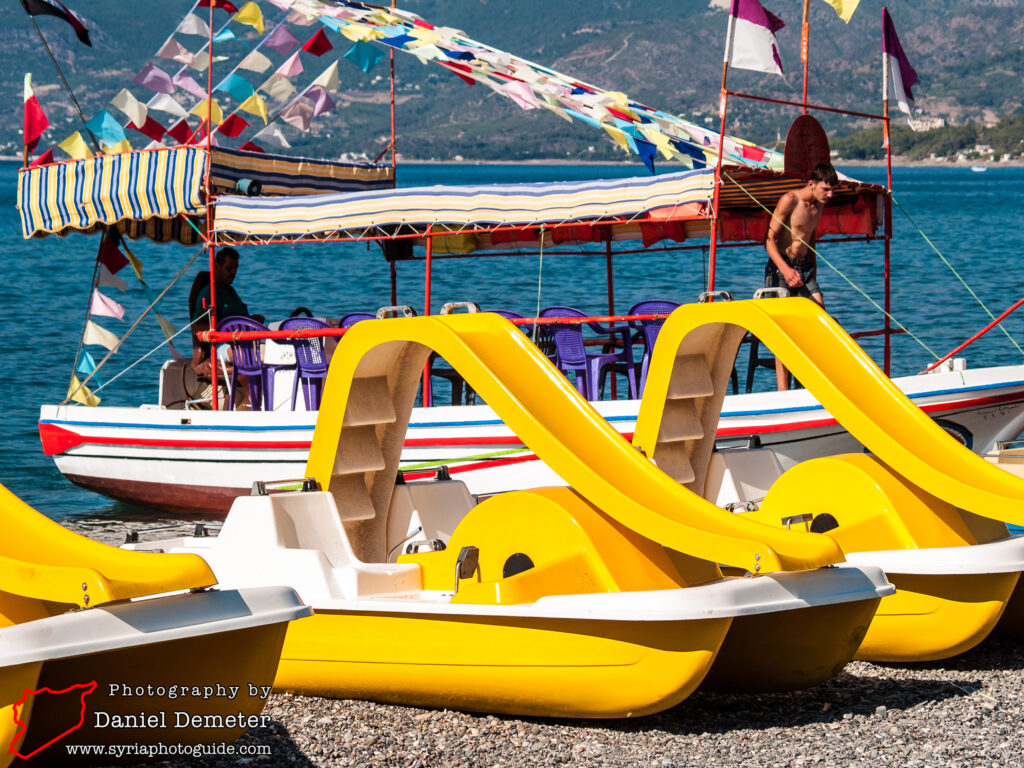
Getting There: Frequent microbuses travel from the main microbus station in Lattakia (اللاذقية) to Ras al-Basit (رآس البسيط). The trip, which takes you through some of the most beautiful countryside in Syria, takes 45 minutes to an hour. Microbuses are much more frequent in the summer.
Coordinates: 35°50’57.62″N / 35°50’11.47″E
Transliteration Variants: Ras al-Bassit, al-Badrusiya, al-Badrusiyah, al-Badrusiah, al-Badrusiye
Rating: 5 / 10
